The Story Corner
A gift of stories and games for you to share and enjoy
INSIDE: lots of fun for ages 5-9 Stories, games and activities

Enter our competition to win a prize bundle!
Issue 7
Hello readers!
My name is Serena Patel. I’m a children’s author and books have always been my favourite thing in the whole wide world! Books have been there for me throughout my life, and eventually they (along with my family) inspired me to write my own stories. Now I write the Anisha, AccidentalDetectiveseries and in the latest adventure Anisha is solving an eco-mystery at the beach. I love going to the beach, so it was a lot of fun to write. Where is your favourite place to go, who do you like to go there with and what do you do there?


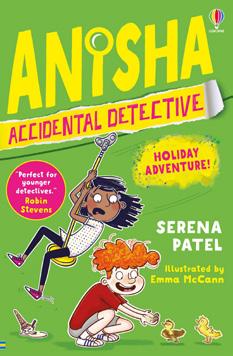


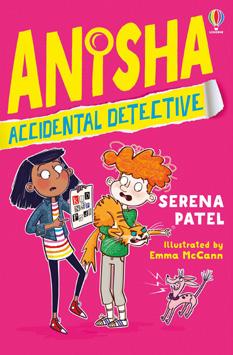
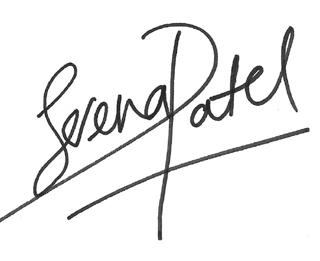

AccidentalDetective

StoryCorner

I hope you enjoy reading this issue of The StoryCorner , it’s totally jam packed with lots of fun and interesting stuff and great activities.

Keep reading and remember inspiration for your writing is everywhere! Anisha,





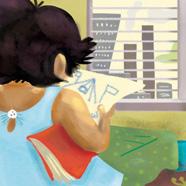

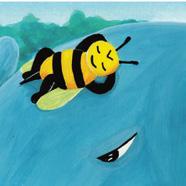


Find out why each home is different, with our little architect The Joke Corner
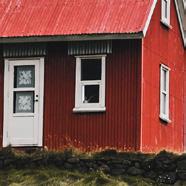


Design and draw your dream home for a chance to win our exciting prize bundle

The Bee and the Elephant . . . . . . . . . . . . . . . . . . . . . . . . . . . . . . . . . . . . 1 An elephant tries to help a little lost bee find its home What’s Hiding in the Rainforest?. . . . . . . . . . . . . . . . . . . . . . . . . . . . . . . . 5 Draw and colour a dot-to-dot animal friend The Best Thing Ever . . . . . . . . . . . . . . . . . . . . . . . . . . . . . . . . . . . . . . . . . . 6 Muzi loves to build with his toys, but when he leaves them behind, he discovers some other very special things to build with The Power of Plankton Farts . . . . . . . . . . . . . . . . . . . . . . . . . . . . . . . . . . 10 Learn about Antarctica with Britannica Magazine School Carpool . . . . . . . . . . . . . . . . . . . . . . . . . . . . . . . . . . . . . . . . . . . . 14
directions on the map and pick-up your friends The Best House of All . . . . . . . . . . . . . . . . . . . . . . . . . . . .. . . . . . . . . . . . 16
Follow
. . . . . . . . . . . . . . . . . . . . . . . . . . . . . . . . . . . . . . . . . . . 21 Competition! . . . . . . . . . . . . . . . . . . . . . . . . . . . . . . . . . . . . . . . . . . . . . 22
WIN! A copy of Serena’s new book in our competition! (p.20)
Illustrated by Emma McCann, published by Usborne
Contents
The Bee and the Elephant

 written by Long Ravy illustrated by Try Samphos
written by Long Ravy illustrated by Try Samphos
“I am lost,” said Little Bee. “I cannot find my home!”

“Can you please help me, Mr Elephant?”
“Is this nest your home, Little Bee?”
the elephant asked.
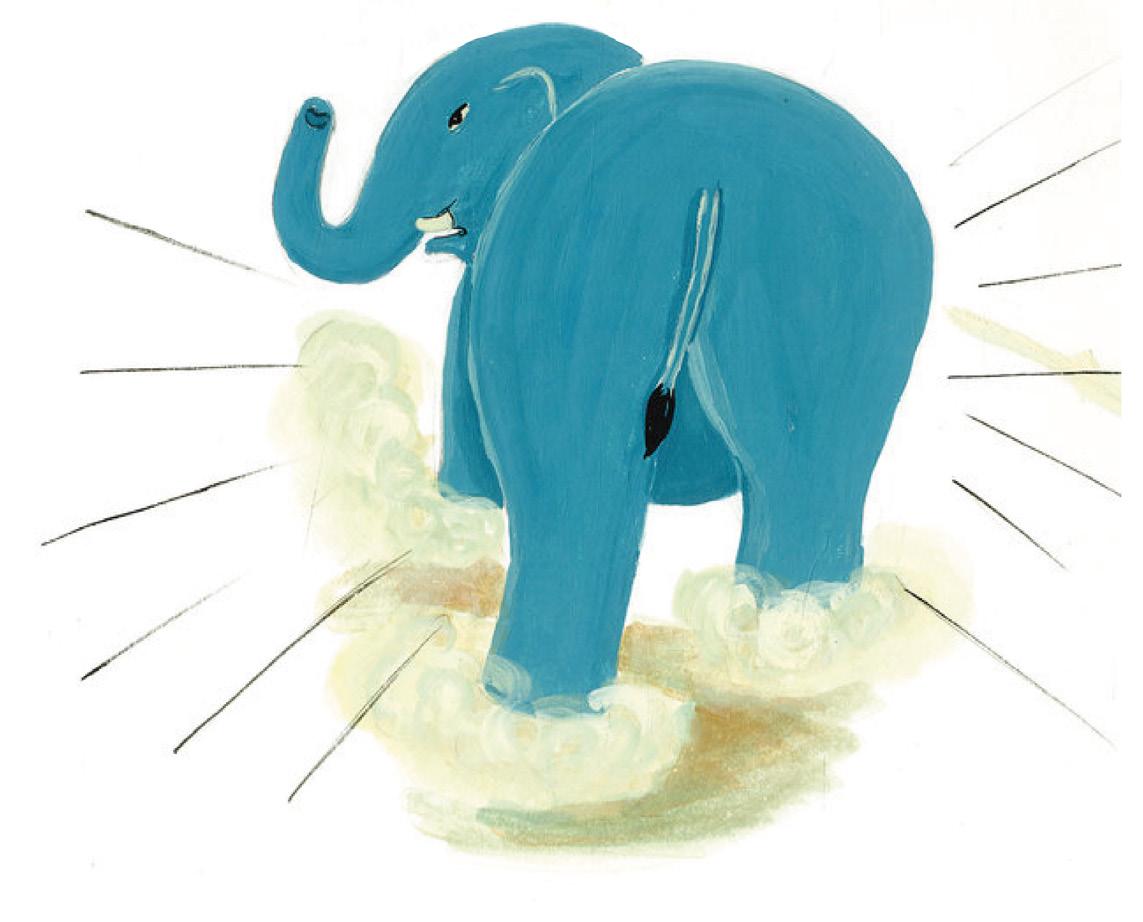
“Oh no!”
cried Little Bee.
“This is a bird’s home.”

1
translated by Celia Bolam
Who do you think lives in here?
Did you know...
Bats talk to each other through high pitched sounds called sonar
“Is this cave your home?” asked the elephant.

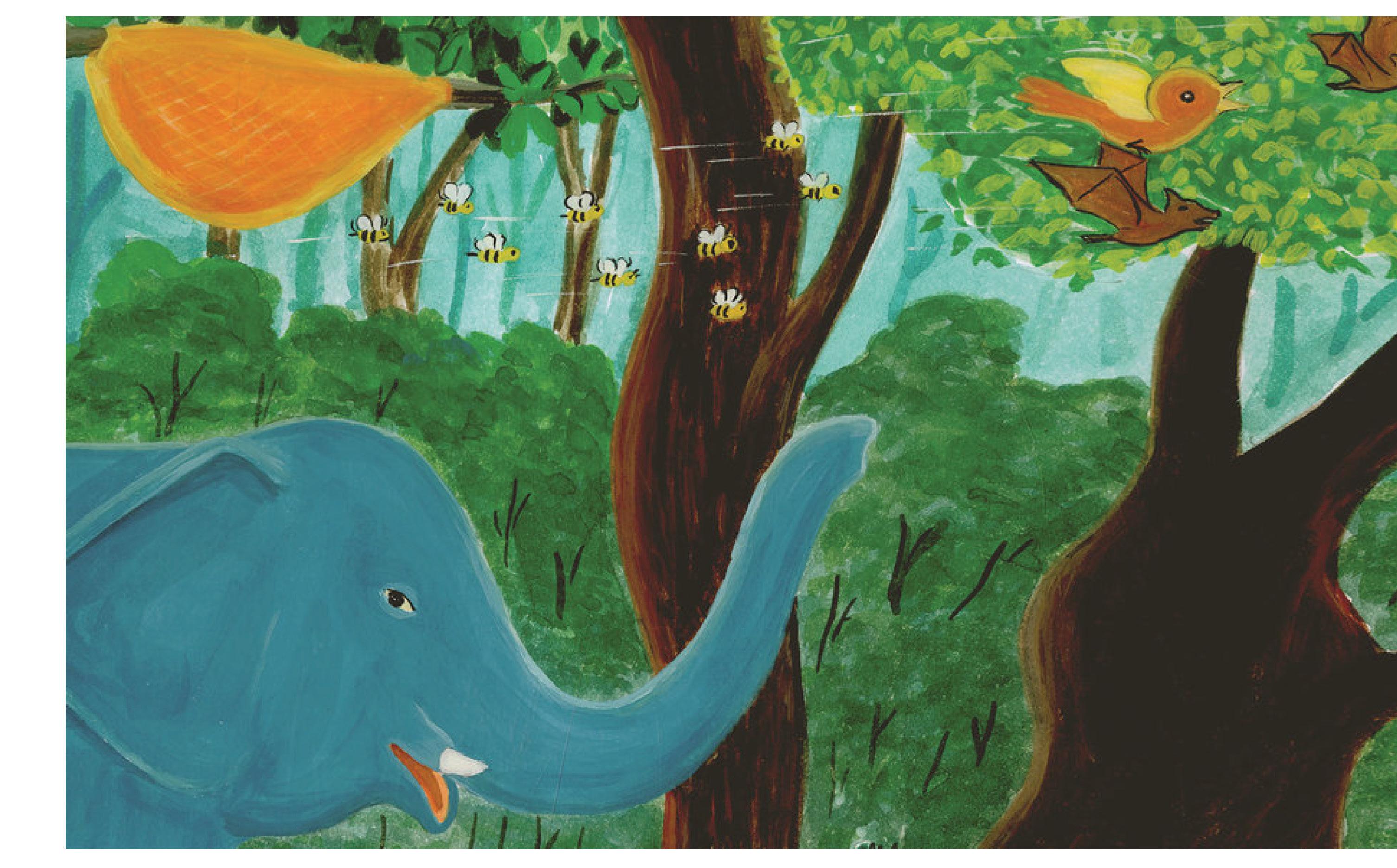
Read left to right
“Oh no!
This is a bat’s home.”

“Thank you for helping me, Mr Elephant.”

2
“Is this hive your home, Little Bee?”
“Oh yes!” said Little Bee happily.
“This is my home.”

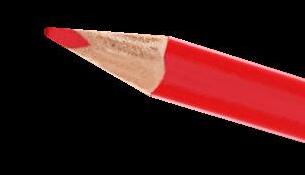
How many Bees can you count in this story?


Did you know...
Elephants use their trunks to suck up water to drinkit can hold up to 8 litres of water!
Did you know...
When swimming, elephants use their trunks as a snorkel!
Elephants use trunks to suck water to drink it can contain 8 Litres of water.
Honey bees let one another know where the best food is by doing a ‘waggle dance’. When a bee returns to the hive, it waggles its body to show the other bees which direction the food is in.
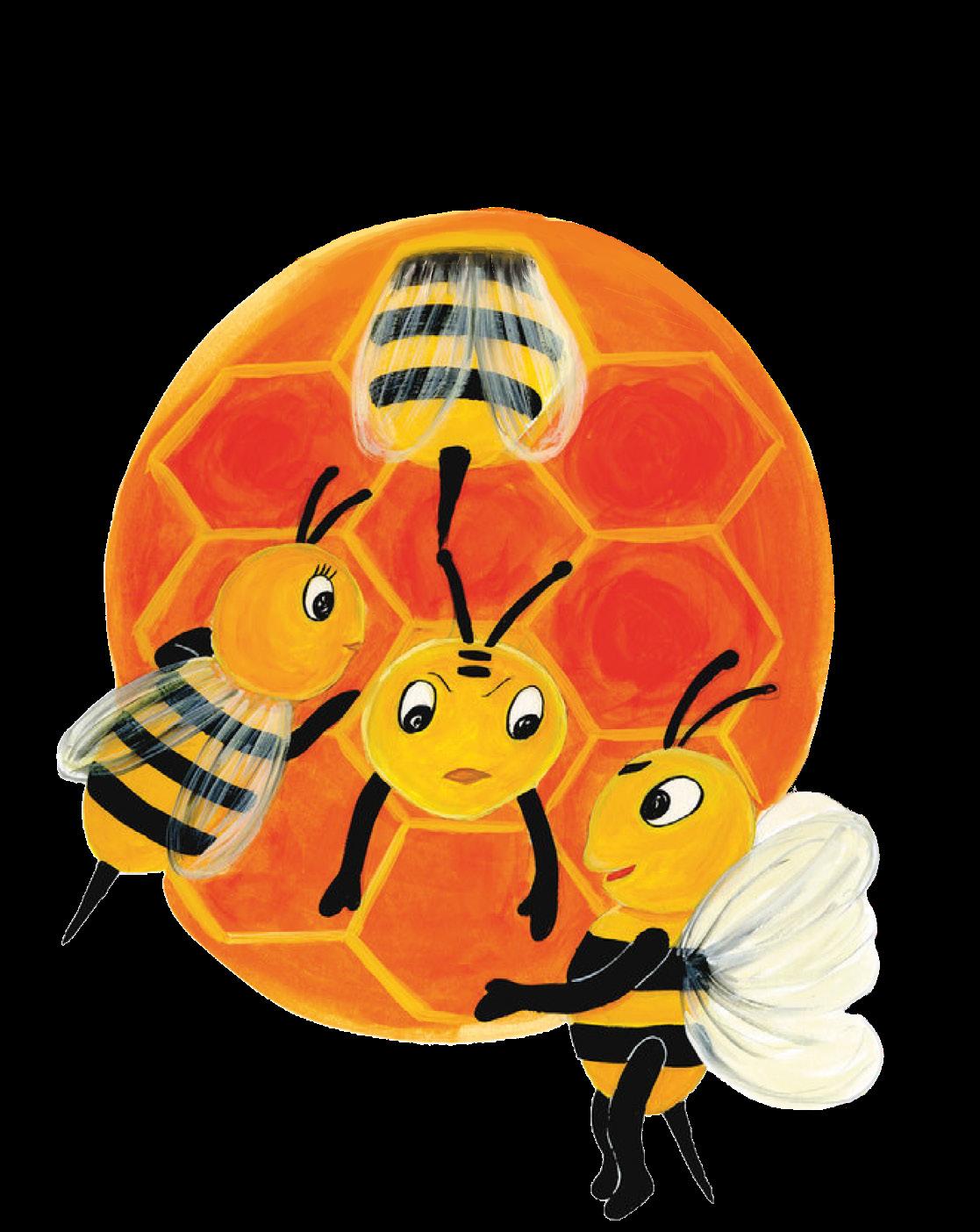
3
Can you match the animals with their home?


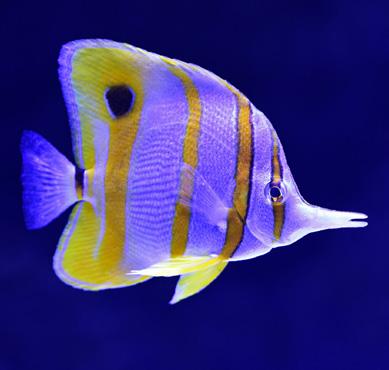


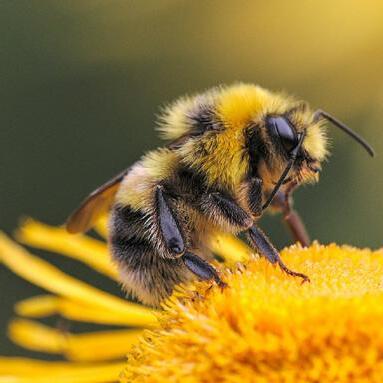


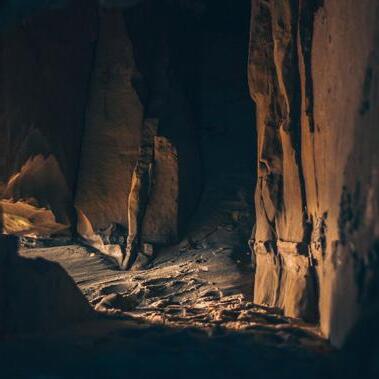

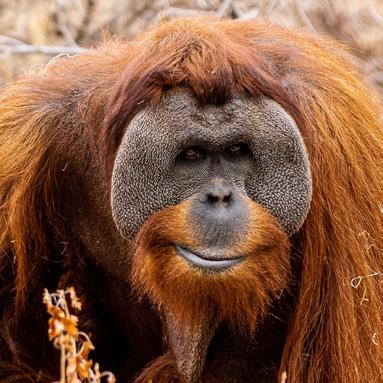
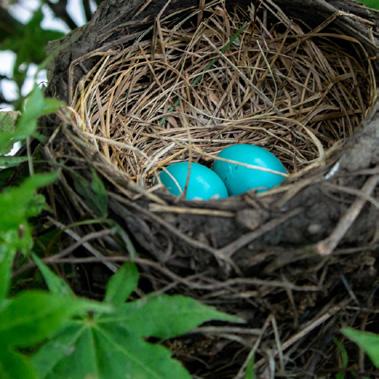





Did you know...
Different creatures use different parts of an insect hotel. Solitary bees like to nest in the hollow bamboo tubes, while dry leaves or pine cones will provide a cosy home for woodlice and ladybirds. B
A D C




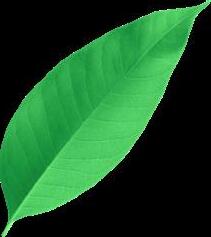



Which set (A,B,C or D) contains the exact pieces you need to build this insect hotel?

ANSWER: Set B contains exactly the right pieces.
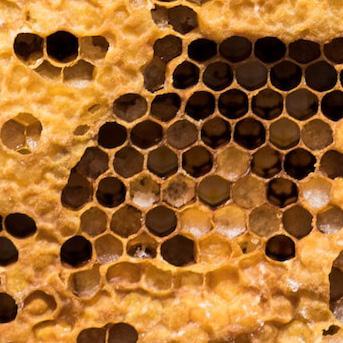
4
Extract from ‘The Green Rebel Activity Book’, illustrated by Berta Maluenda, written by Frances Evans and Josephine Southon, edited by Frances Evans, designed by Zoe Bradley, cover designed by John Bigwood. Copyright © 2021 Buster Books (an imprint of Michael O’Mara Books) ISBN: 978-1-78055-711-3
drawaline
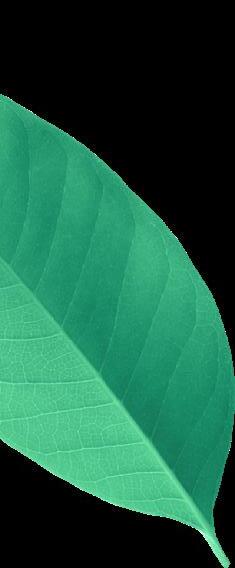
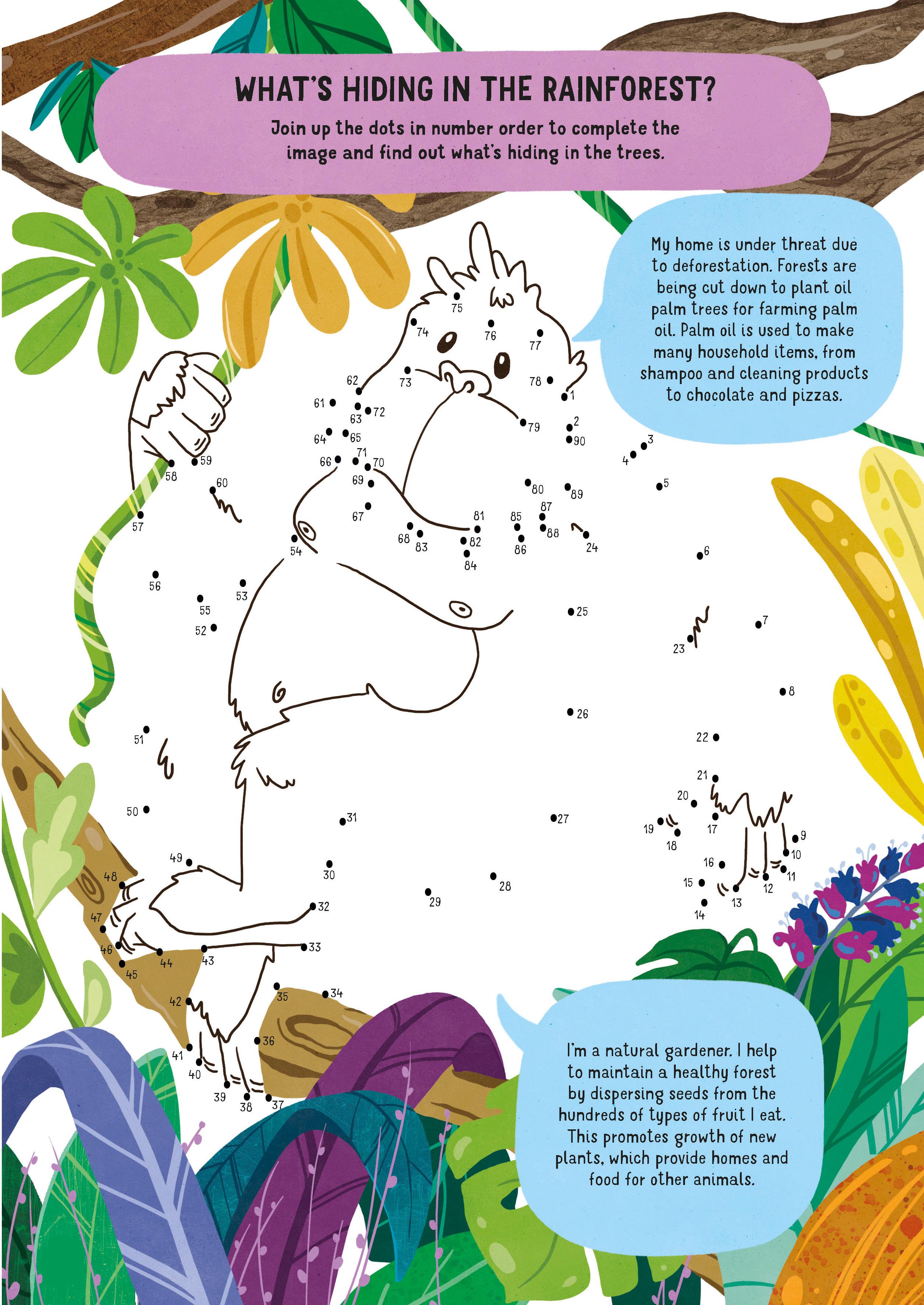


5 Colour me in!
The Big Green Activity Book’ illustrated by John Bigwood, Georgie Fearns, Ed Myer and Charlotte Pepper, written by Damara Strong, edited by Katy Lennon, designed by Zoe Bradley, cover design by John Bigwood. Copyright © 2020 Buster Books (an imprint of Michael O’Mara Books) ISBN: 978-1-78055-609-3
The Best Thing Ever
written by Melissa Fagan
Once, he built a shelter for his toys.
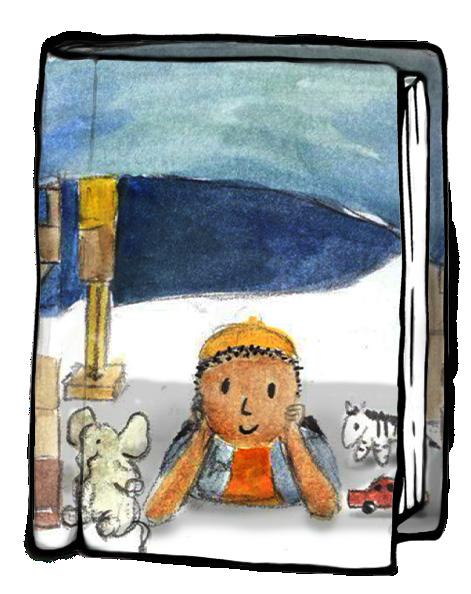

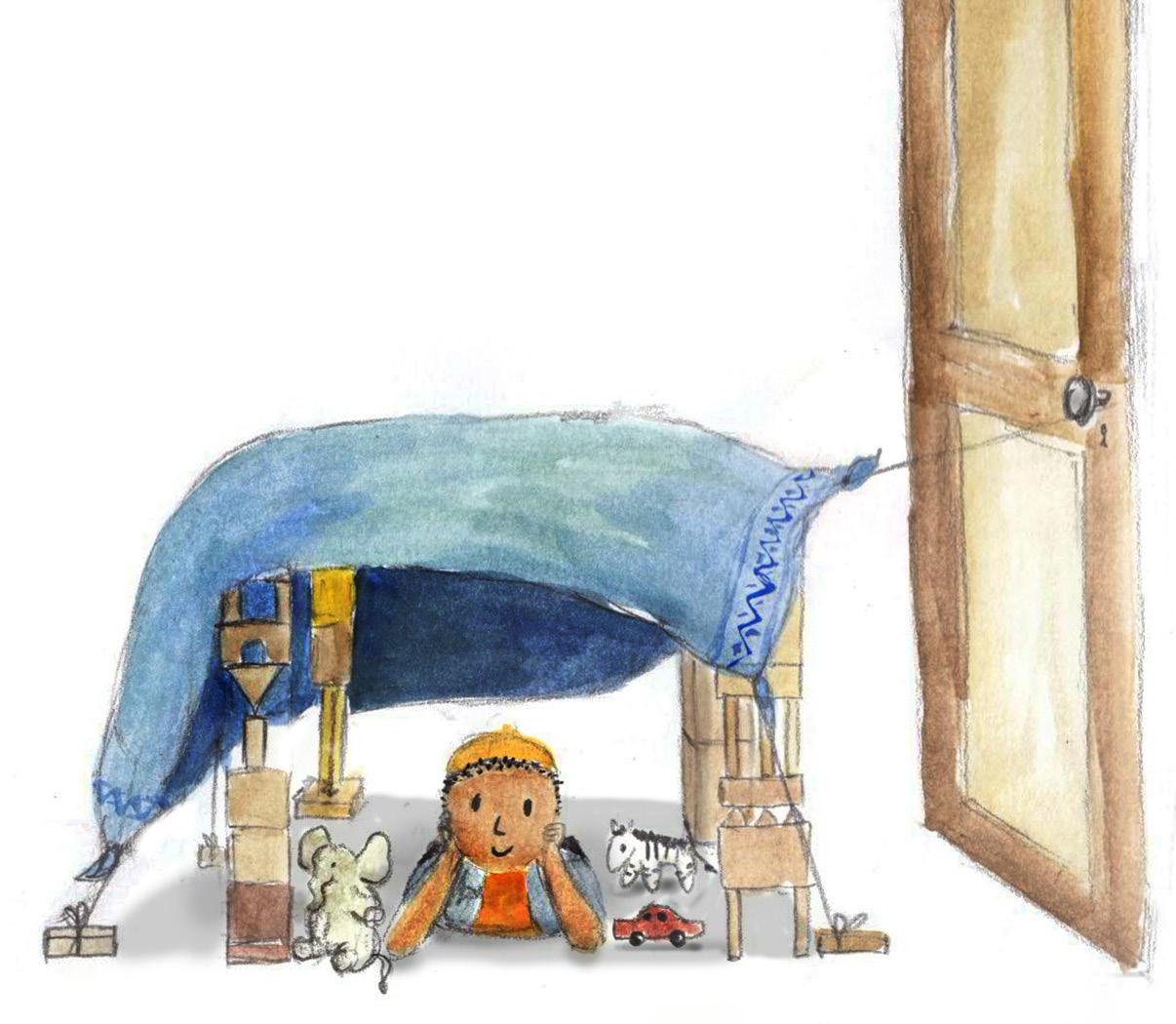
But it wasn’t the best thing ever.

Today Muzi is going to visit Ugogo.


He is sad. Without his toys, how can he build the best thing ever?
 Read left to right
Ugogo
Read left to right
Ugogo
6
means Grandma in Zulu, a South African language
illustrated by Lauren Nel designed by Stefania Origgi edited by Helen Moffett
Muzi loves to build things. He dreams of building the best thing ever.
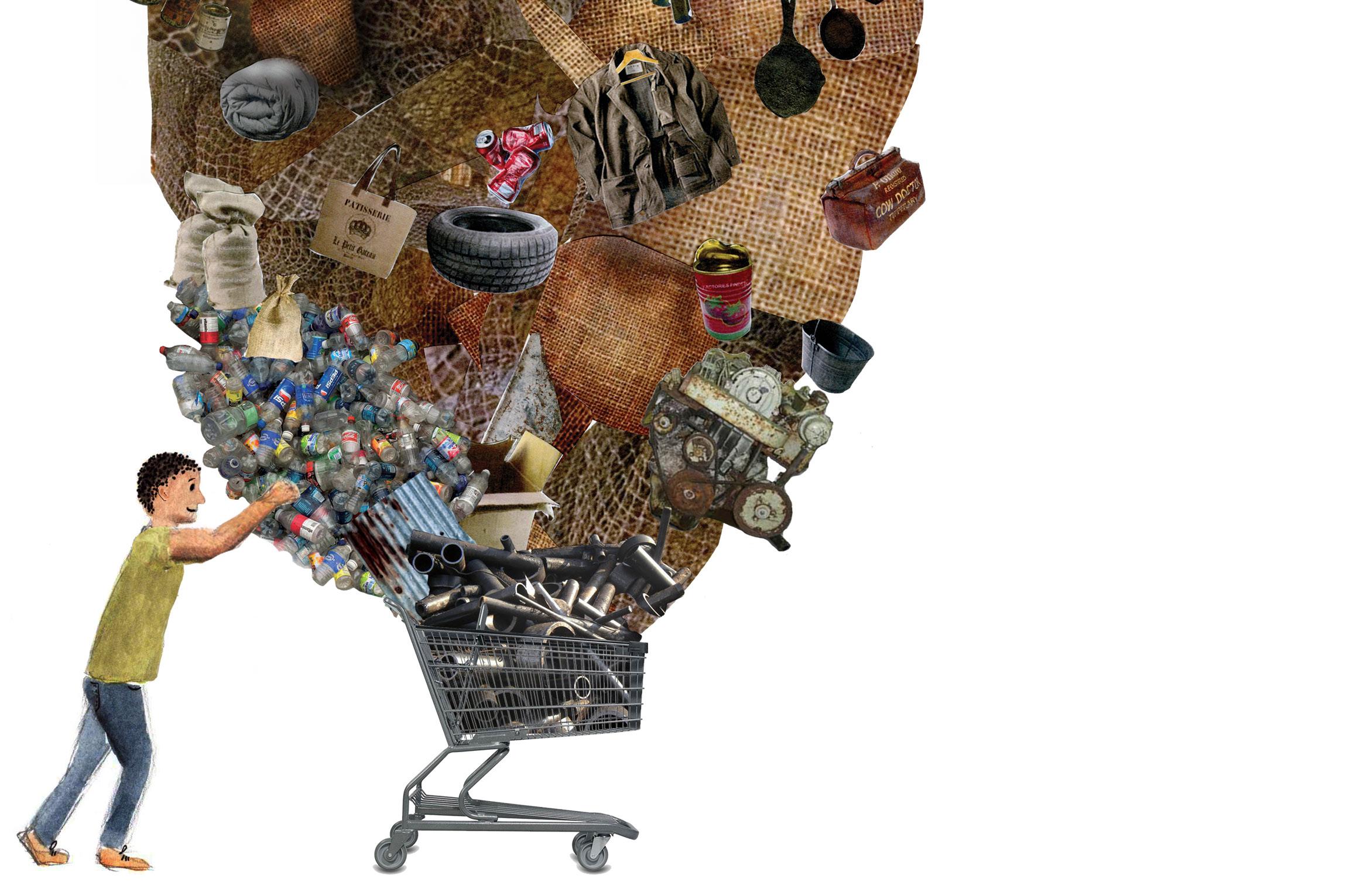

Yesterday, he built a bridge for his animals. It was a good thing, but not the best . . .
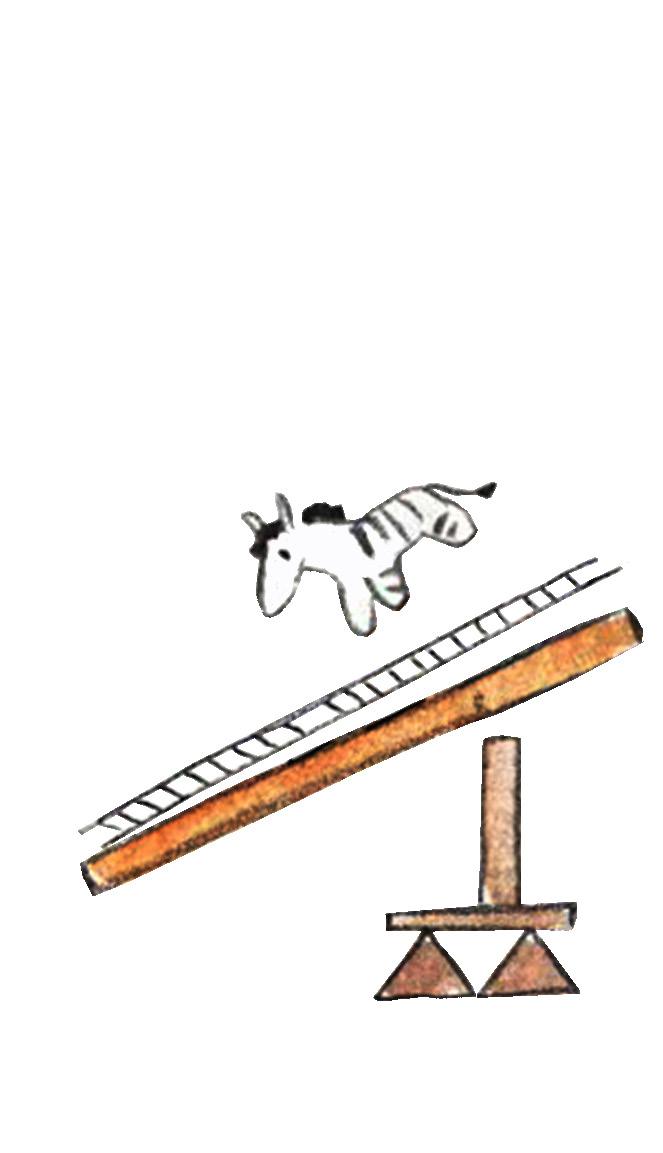
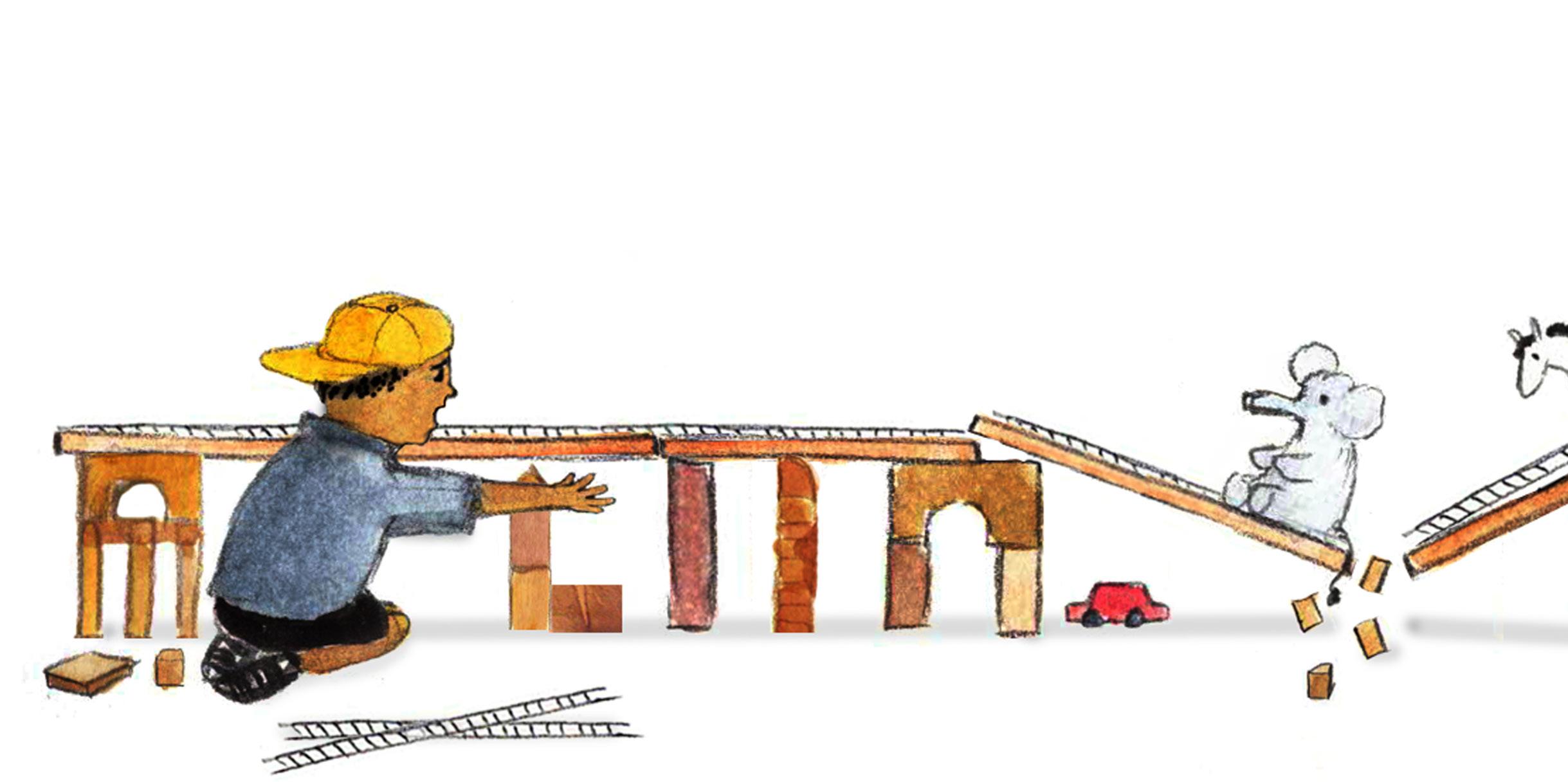
Did you know...
The tallest building in the world is 828 metres tall, which is the height of 170 double-decker buses stacked on top of each other!
He sees red things and blue things. Small things and big things. New things and old things.
At the bus stop, Muzi is amazed.
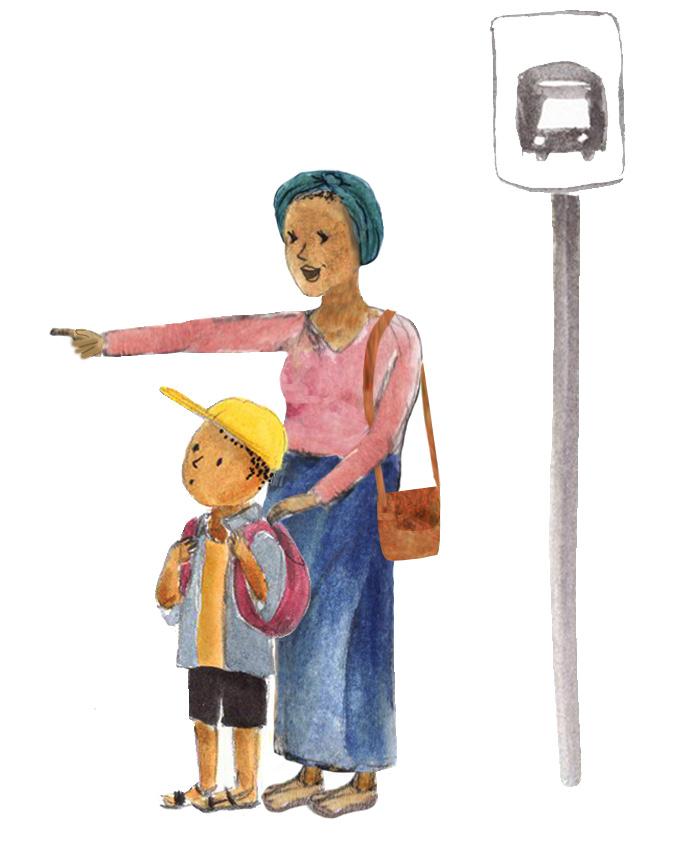
7
What’s the best thing you have ever built?
Read left to right

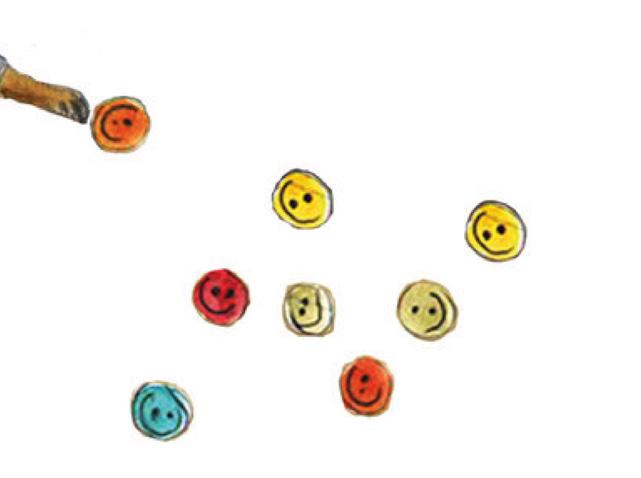
Muzi has a new idea for building the best thing ever.

By the riverside, Muzi finds more things.


Soft things and pointy things. Green things and brown things.
While Ugogo bakes for the hungry travellers… Muzi builds.


8
On the road to Ugogo’s house, Muzi finds many things.
Long things and short things. Round things and square things.

“Look, Muzi! We are here.”
Which is your favourite building?
“Look Ugogo, a new house for you.”


“Oh, Muzi”, laughs Ugogo. This is the best thing ever!
find all the parts of his house?

“Ugogo , Ugogo!” says Muzi .
“The world is full of toys. Look what I can build.”
9
The power of
You know humans are changing Earth’s climate, and you probably know trees can slow that change. But did you know that tiny plankton are involved, too? Here, in a fascinating article from Britannica Magazine, scientist Karen Romano Young explains how…
My job in Antarctica was to help my team of fellow research scientists: Peter ‘Pete’ Countway, Patricia ‘Paty’ Matrai, and Carlton Rauschenberg, from the Bigelow Laboratory for Ocean Science in the United States. This team was at the bottom of the world to track down invisible, microscopic beings in the rollicking sea off the Antarctic Peninsula.
You might not realise it –I certainly hadn’t! – but plankton (which include algae, protozoa, microbes and even tiny animals) living at the surface
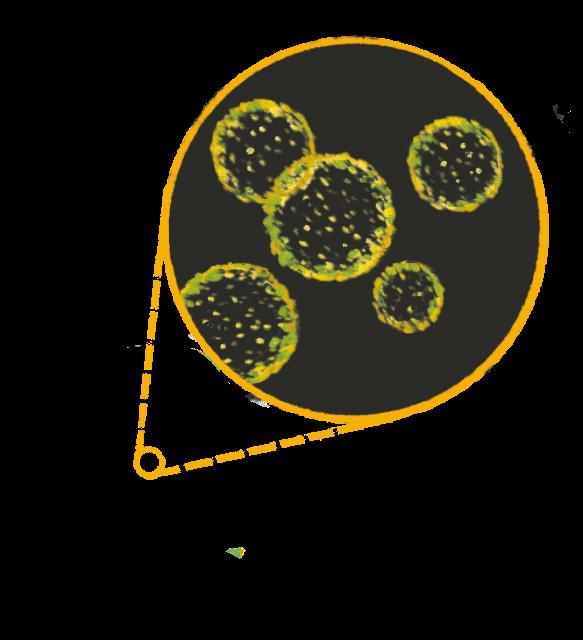
of the sea play an important role in the way that clouds are formed above it.
From our small inflatable boat lurching in waves that tossed up icy spray, I helped launch a rosette of tubes that would sink below the surface, then suck in water samples full of plankton.
These microscopic floating plankton live near the shore at the edge of the Antarctic ice. They hold some of the secrets of how Antarctica changes, and its future.
Like plants, some plankton photosynthesise sunlight to create food. This means that they use the Sun’s energy to transform simple
materials into the food and energy they need.
One type of plankton called Phaeocystis produce tiny air-borne gases that get churned up and spewed higher by the waves. Some scientists call them plankton farts, others call them seeds for clouds. Water molecules stick onto these gassy ‘cloud seeds’ and ride them high into the sky. This is what helps make Antarctica so cloudy – a phenomenon that impacts the weather patterns of the rest of the world, as clouds contribute to the cooling or warming of Earth’s surface.
This all leads to my fellow researchers Pete and Paty to ask: as the ice retreats and
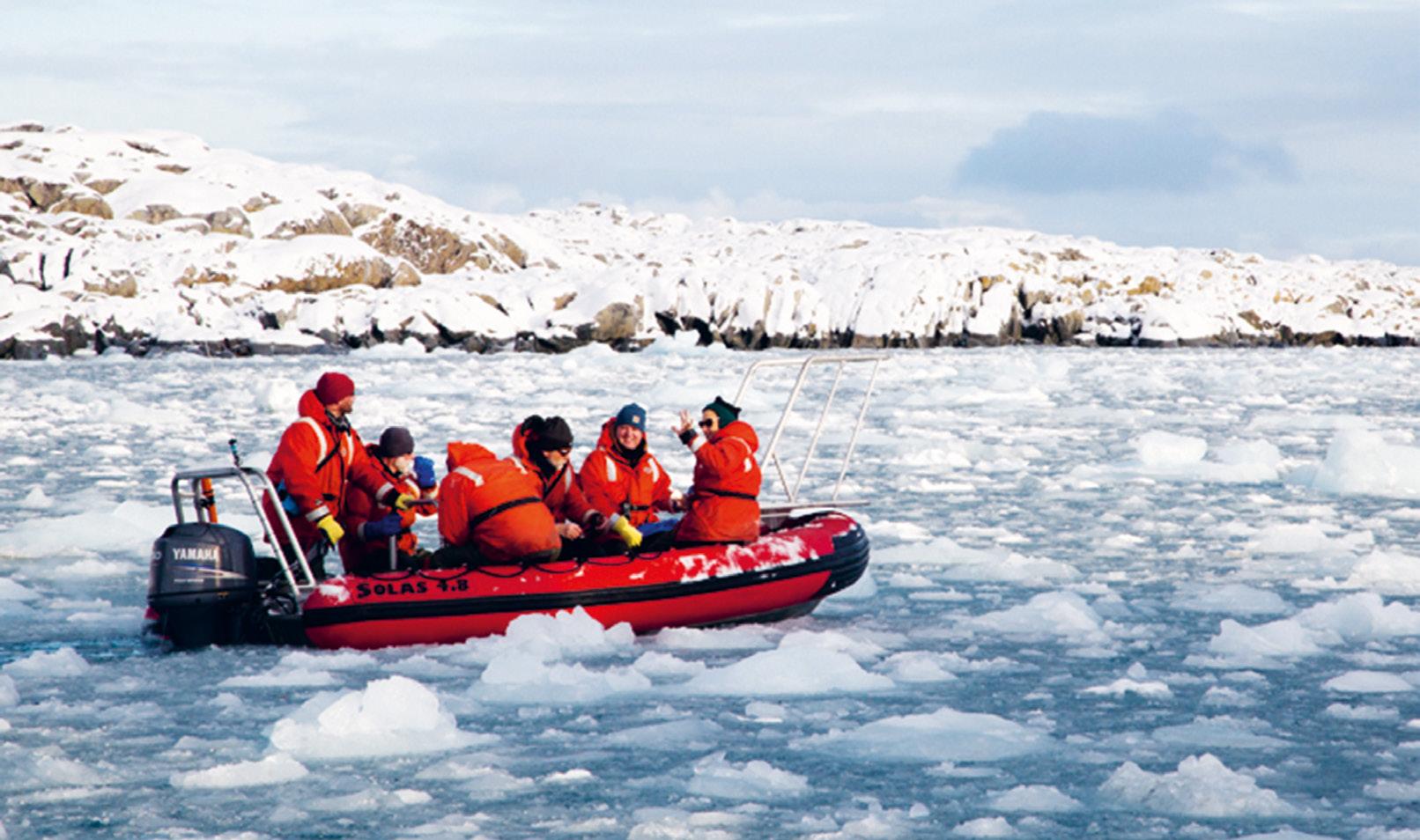

Continued on next page
The author in an inflatable boat called a zodiac off the shore of Antarctica. She’s the farthest right, waving. Turn the page to see what she’s wearing to stay warm.
10
DID AntarcticaKNOW?YOU is the coldiest,driestand windiest continent on Earth!
What are penguins’ favourite type of food?
Iceberg-ers!
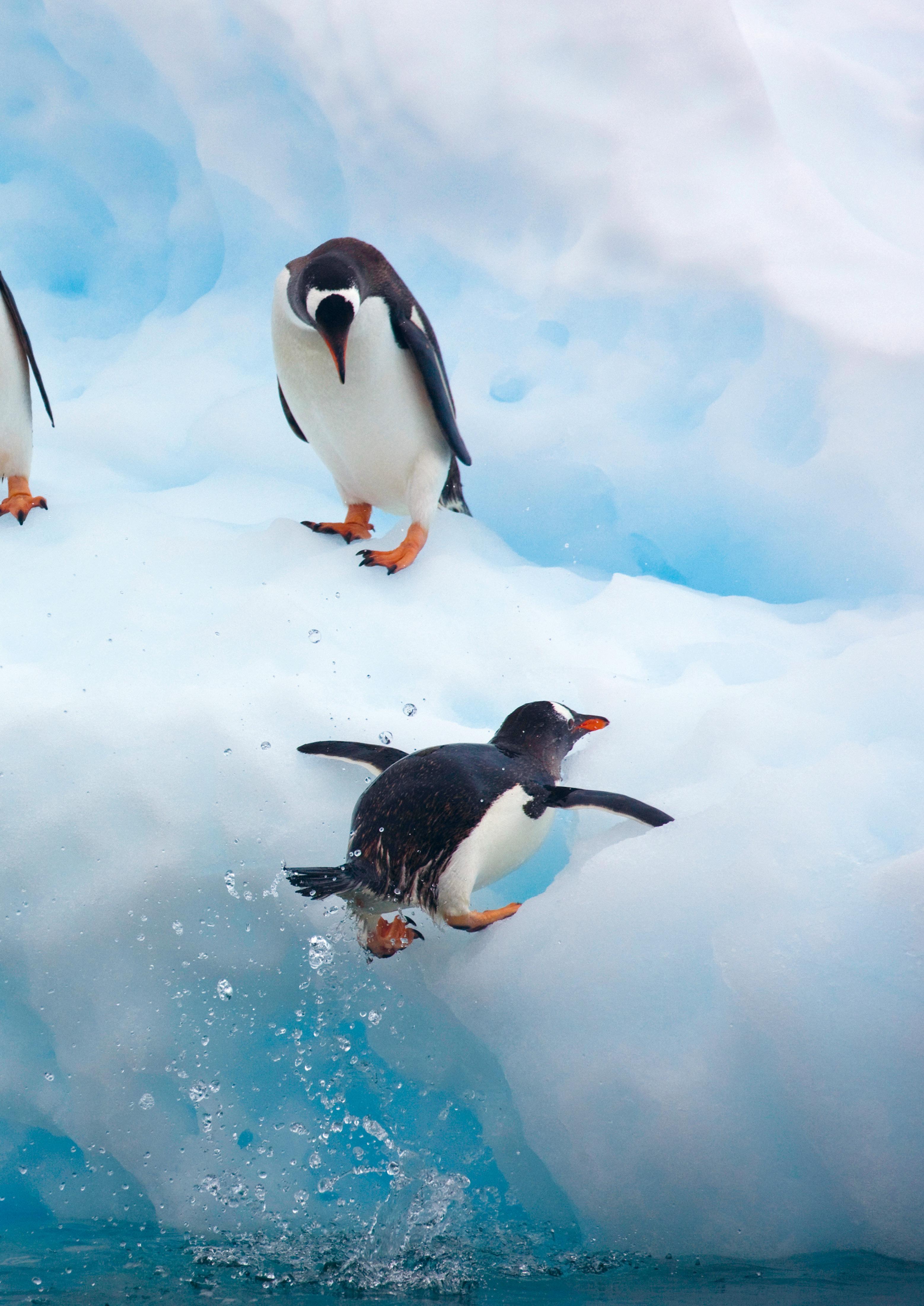
11
Continued from previous page
Antarctica warms, what will happen to these clouds? And what will happen to the rest of the Antarctic food chain, the wide range of living things found here in surprising abundance? The scientific research I helped with is aiming to answer those questions.
On the right, you can find out about some of the biggest animals currently living in Antarctica, whose lives are all tied so closely to the tiniest farting plankton.
In the panel running along the bottom of the page, you can see how many layers of clothes I had to wear to stay warm while working in freezing temperatures on the polar ice!
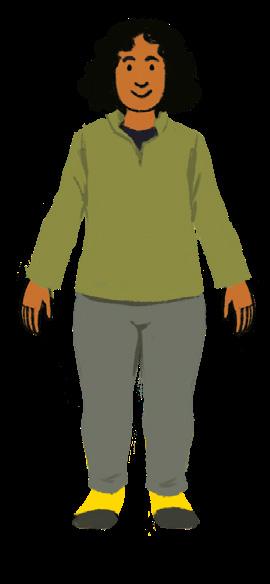


• Extracted from Antarctica: The Melting Continent by Karen Romano Young, with illustratrions by Angela Hsieh.
GIANT ANIMALS OF ANTARCTICA
SEABIRDS
Wilson’s storm-petrel
The smallest bird to breed in Antarctica, measuring 16–18.5 cm long.
PENGUINS
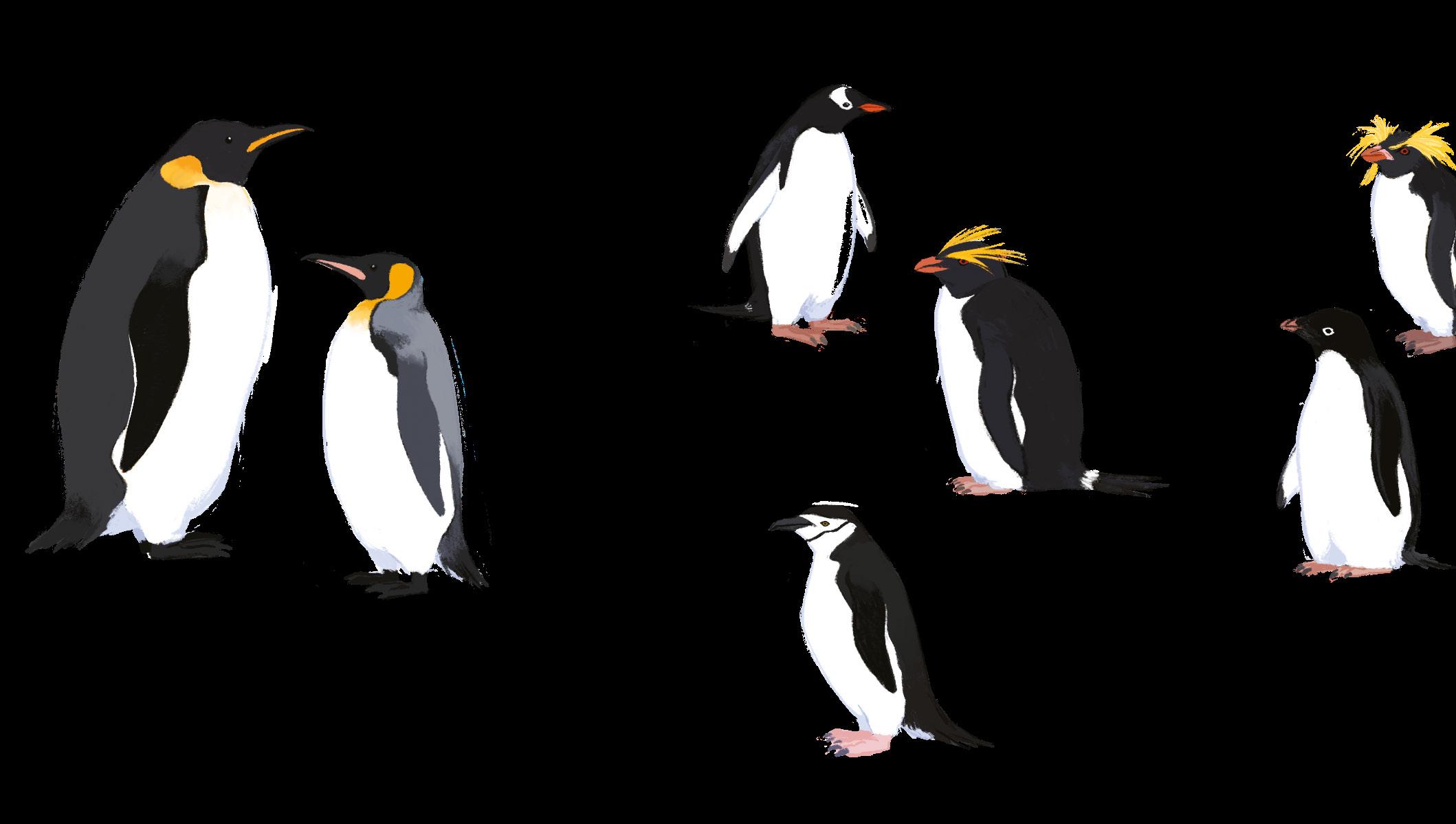
Skua 56 cm long. Preys on baby penguins, among other things.
There are 18 species of penguin worldwide, but only 7 live in Antarctica.
Giant petrel

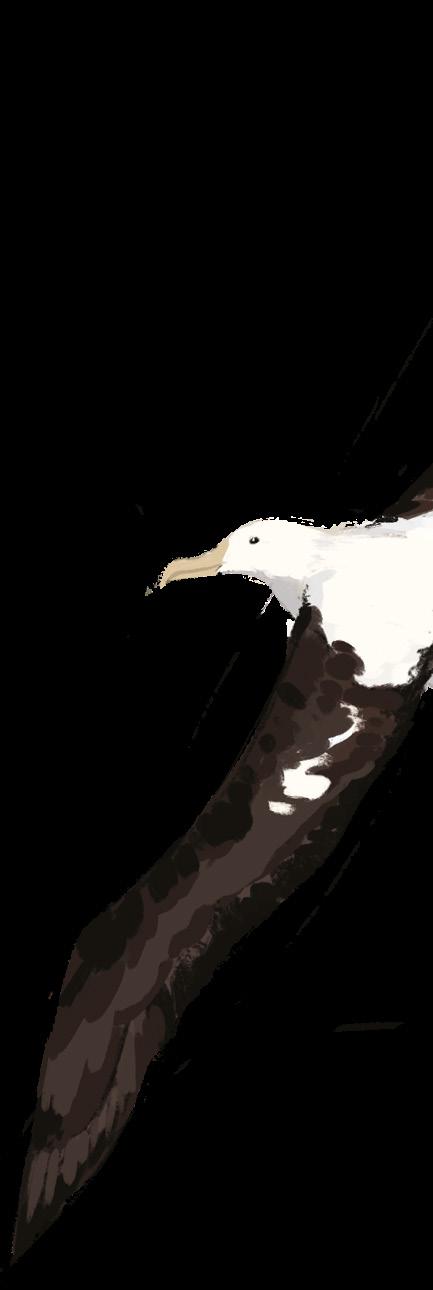
The only petrel of close to 6O species with legs strong enough to walk steadily on land. Its wingspan is 15O–21O cm.


Arctic tern

These birds migrate between the poles to stay as much as possible in summer light, travelling up to 2.4 million kilometres during their lifetimes. 33–36 cm long.
Emperor penguin 122 cm tall. One of two penguin species that live only in Antarctica.
Gentoo penguin 78 cm tall. The gentoo penguin won’t breed on the ice; it requires a rocky shore.
King penguin 98 cm tall. Lives only in the sub-Antarctic region.


Chinstrap penguin 72 cm tall. More chinstraps live in Antarctica than any other penguin – an estimated 8 million.
The elusive colossal squid

Estimated at 14 metres and weighing up to 5OO kg – guesswork is involved, since a completely intact adult colossal squid has not yet been found.
To find out more, go to britannicamagazine.com
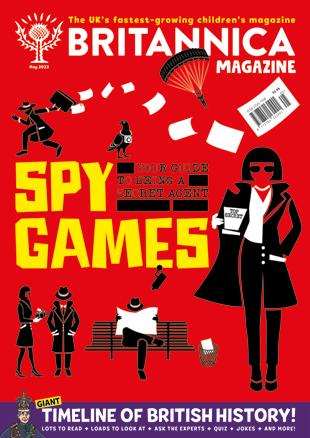
DRESSING UP
Surviving while working in Antarctica requires all kinds of special clothes and equipment, from thermal boots to a balaclava helmet. Follow this step-by-step guide to getting ready for a day on the polar ice.
Sun lotion and sunglasses
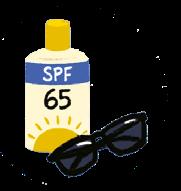
Long underwear and a couple of pairs of socks
Macaroni penguin 7O cm tall. Lives, along with the chinstrap and gentoo, in the sub-Antarctic islands and northern Antarctica.
Adélie penguin 68 cm tall. One of the two penguin species that live only in Antarctica.
SOUTHERN OCEAN SOUTH PACIFIC OCEAN South Atlantic Ocean NEW ZEALAND AUSTRALIA ANTARCTICA East West Antarctic Circle South Pole TASMANIA SOUTH AMERICA MADAGASCAR
Insulating fleece layer Snowpants
Jumper or fleece
Wandering albatross At 3.5 metres, the wingspan of these birds is the biggest of any bird on Earth.

WHALES

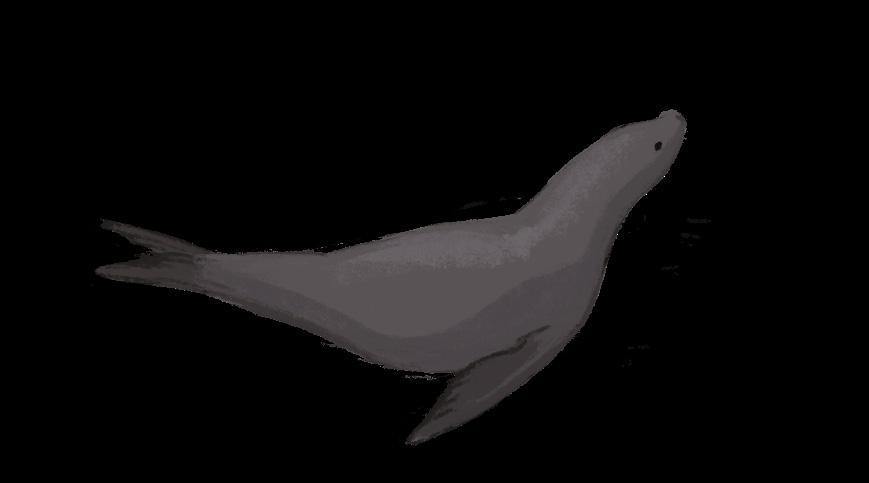

Minke whale 9–11 metres long. One of the smallest baleen whales.
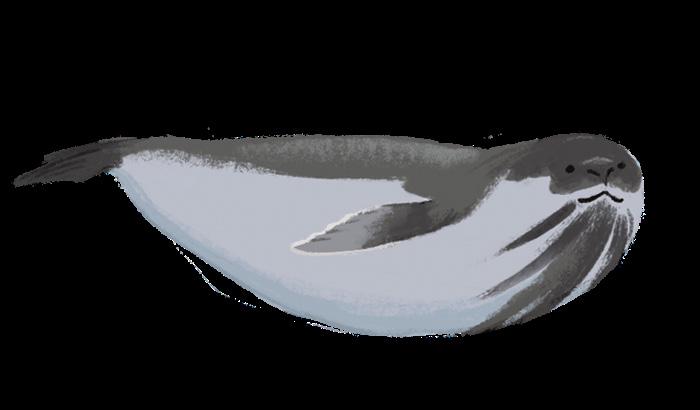




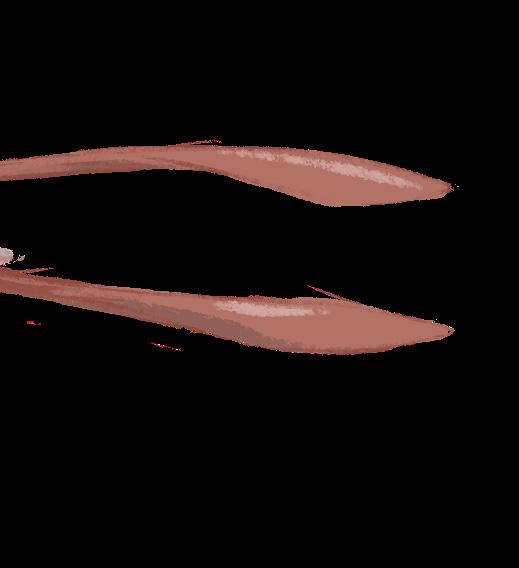
Humpback whale 12–15 metres long. These whales have the longest appendage (or projecting body part) in the world: their flippers, which may reach 5 metres.
Orca (killer whale) 7–9.4 metres long. The largest of the dolphins.

Southern right whale 13.4–16 metres long. Called the ‘right whale’ to hunt by whalers because they float when killed.


Sperm whale 16–2O metres long. The largest of the toothed whales.



Fin whale 2O–26 metres long. The second largest of the whales.
Rockhopper penguin 55 cm tall. Lives in the sub-Antarctic (areas bordering the Southern Ocean) including New Zealand.
Blue whale 27–33.5 metres long. The largest animal on Earth.
SEALS
Leopard seal 3.5 metres long, up to 5OO kg. The only seal that will fight an orca.
Ross seal 2.5 metres long, 2OO kg. They have the shortest fur of any seal.
Antarctic fur seal 1.8 metres long, 15O kg. Among the smallest seals.
Weddell seal 3 metres long, 45O kg. They have the southernmost range of any seal.

Southern elephant seal 5 metres long, 4,OOO kg.
Crabeater seal 2.5 metres long, 25O kg. When early explorers were hunting them, they thought the contents of their stomachs were crab, not krill.
Layers of lightweight jackets and tops
Hand warmers in gloves


Balaclava helmet that covers your face
Parka
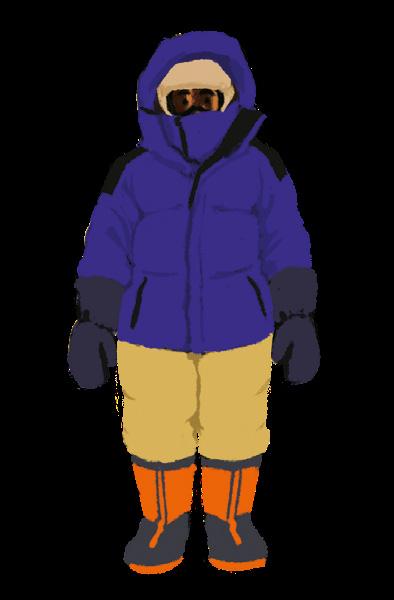
Fur mitts sometimes called ‘bear paws’
Thermal boots

Flotation jacket (if you’re boating)

Foot warmers in boots
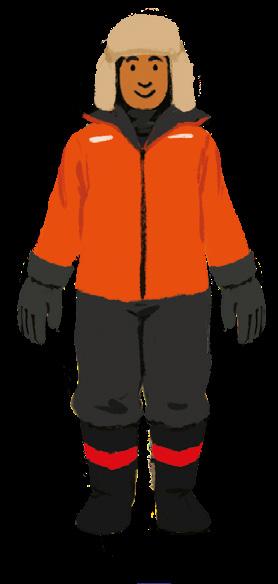
13
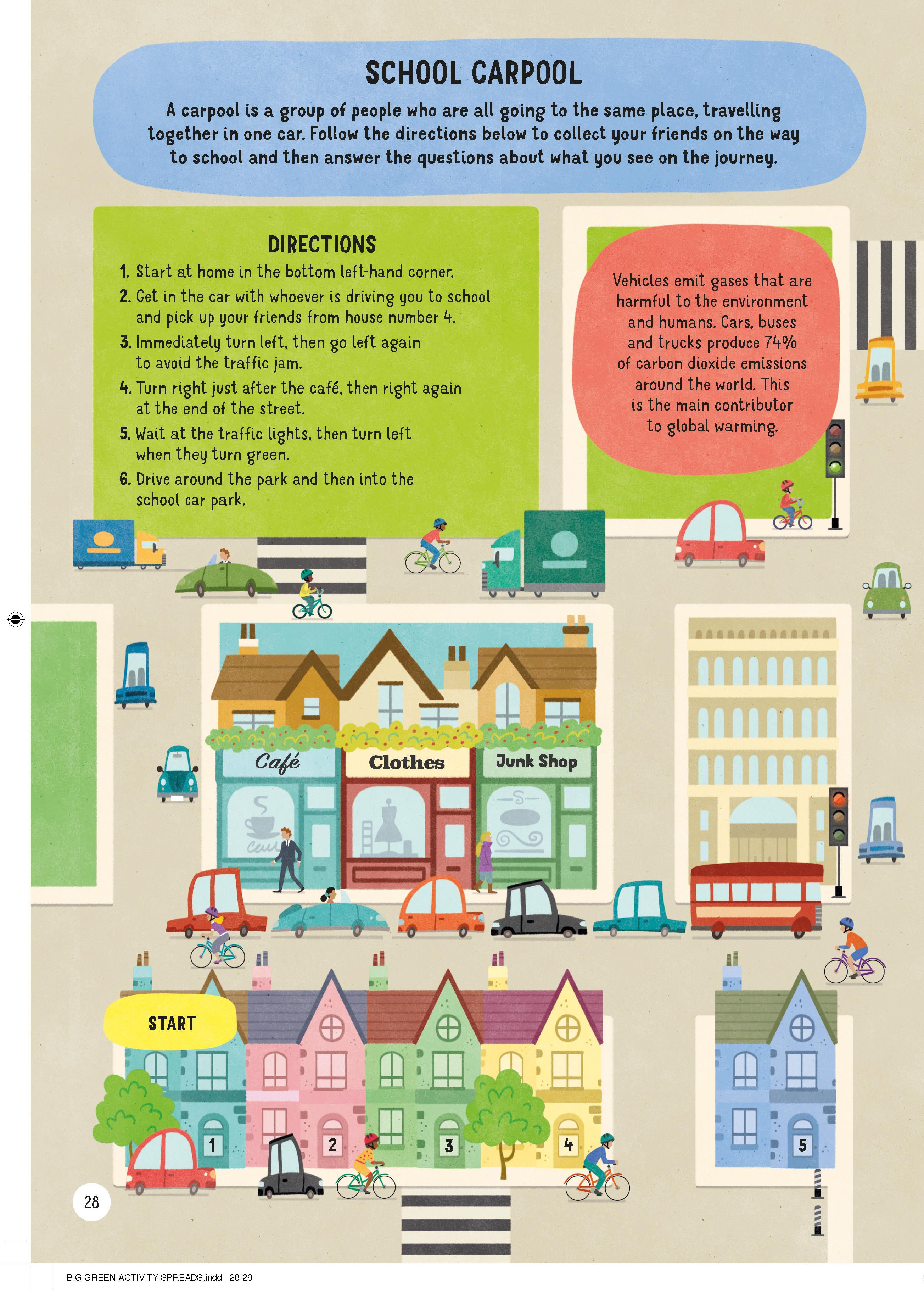





START
14 Left Right Left Right
Extract
from ‘
The
Big Green
Activity
Book’ illustrated by John Bigwood, Georgie Fearns, Ed Myer and Charlotte Pepper, written by Damara Strong,


15
edited by Katy Lennon, designed by Zoe Bradley, cover design by John Bigwood. Copyright © 2020 Buster Books (an imprint of Michael O’Mara Books)
The Best House of All
written by Natasha Sharma
Read left to right


Your house could be...
You say architect like ‘arc-ee-tekt ’
I am an architect. Architects love using their imagination to design and build different houses and buildings.
Just like I do. Which is why Ma calls me her ‘little architect’.
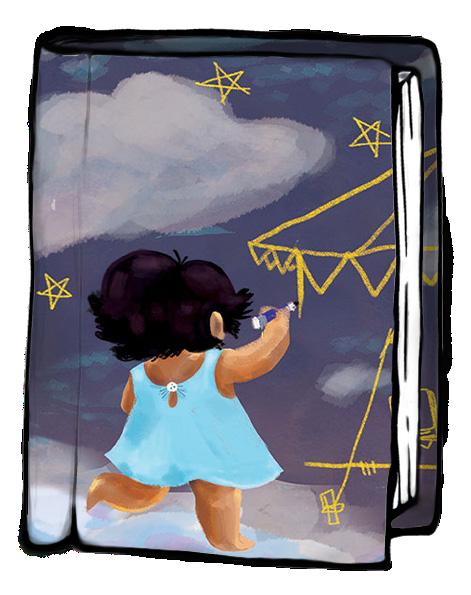
... in a full-of-trees forest place,
a hot-hot-hot desert place,


Or be a house inside a house!
a really-high-up mountain place,
If you want to build your own house, please ask a grown-up for help!

16
illustrated by Kaveri Gopalakrishnan
To build a house, you need space in some place.
Where would you like to build a house?
a brrr-it’s-full-of-snow place,

a splashy-sploshy rainy place,

or a tall-and-bigcan’t-see-the-end city place.
To build a house, you also need stuff. To find stuff, you must look around.
A forest has trees. A mountain has stones. The Arctic has snow. A village has mud, big leaves for thatch, and bamboo. A city has bricks, cement, steel and glass.

17
Read left to right


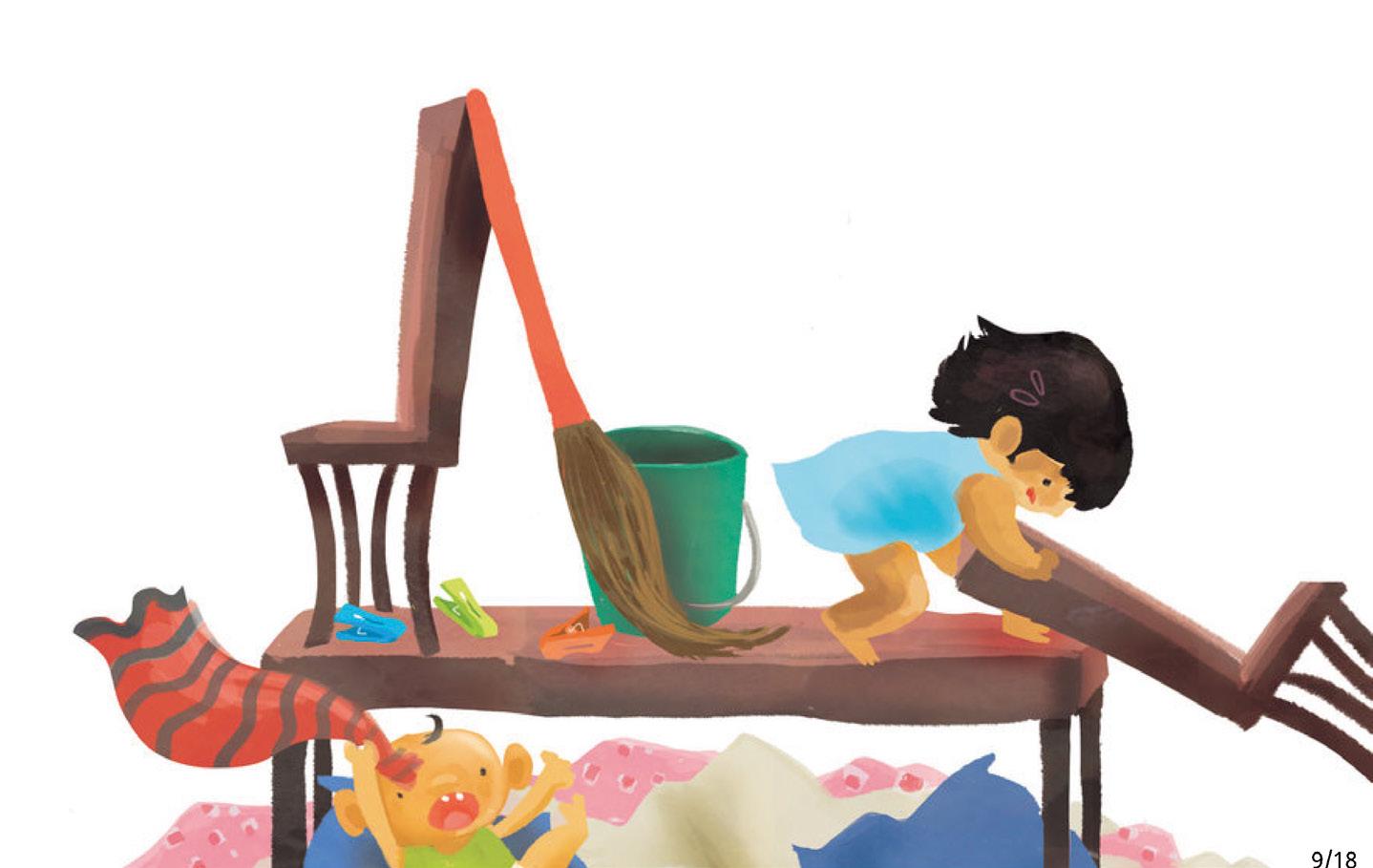
A house has all kinds of stuff. Before you build your house, you must know what you want it to do.
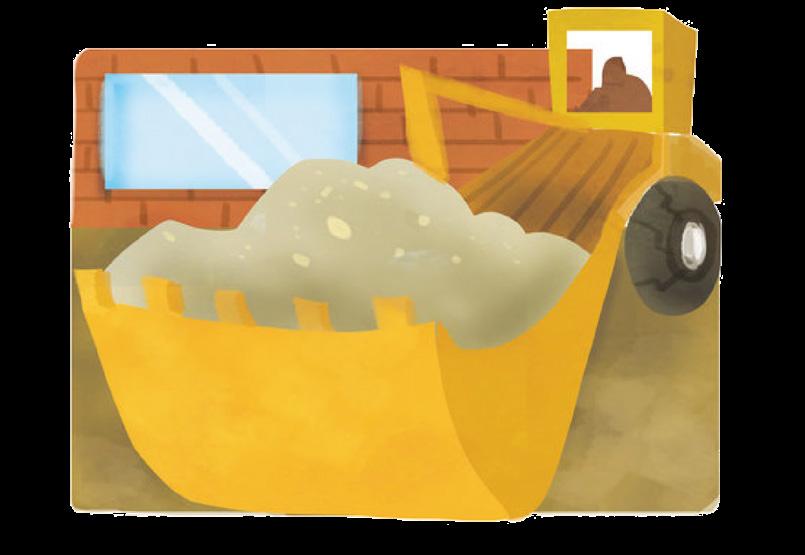
Houses on stilts keep you away from water… Once you have space and stuff, you begin to build.
Stilt houses have been used for over 6000 years!
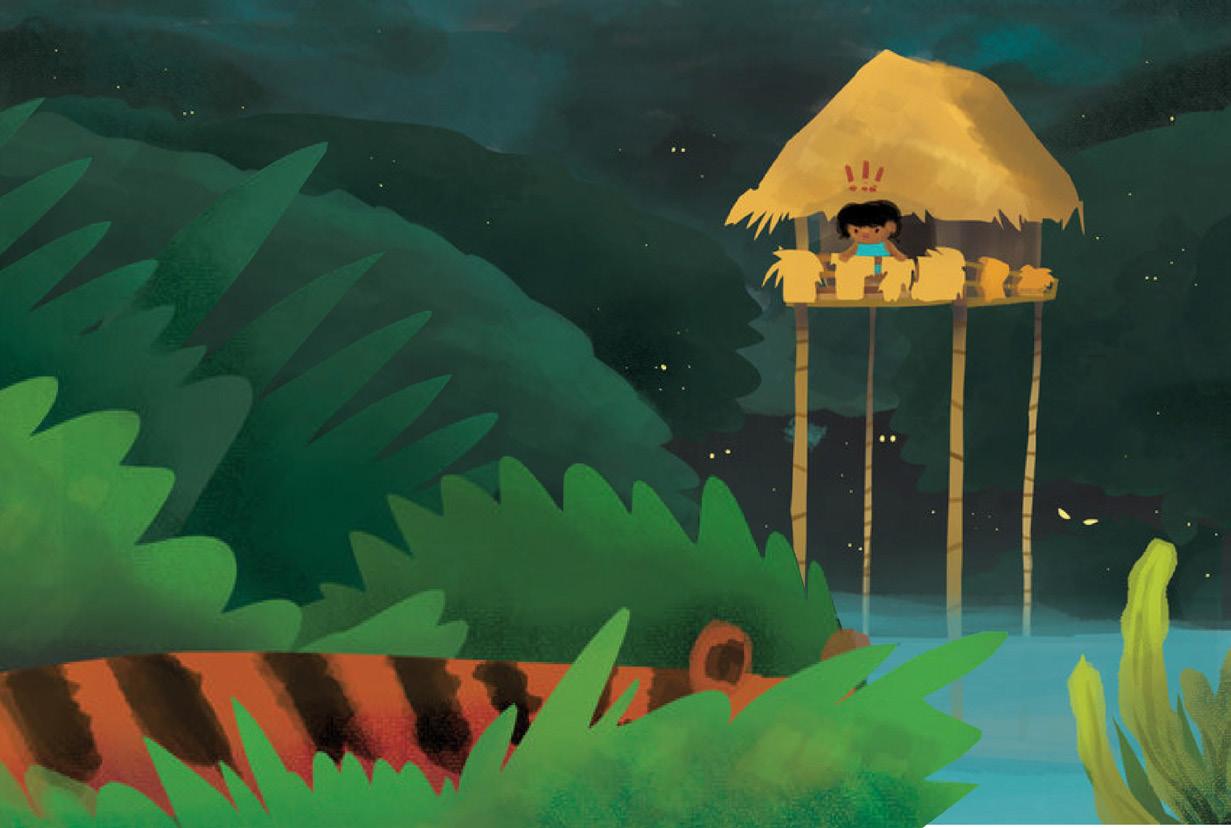
… and wild animals!
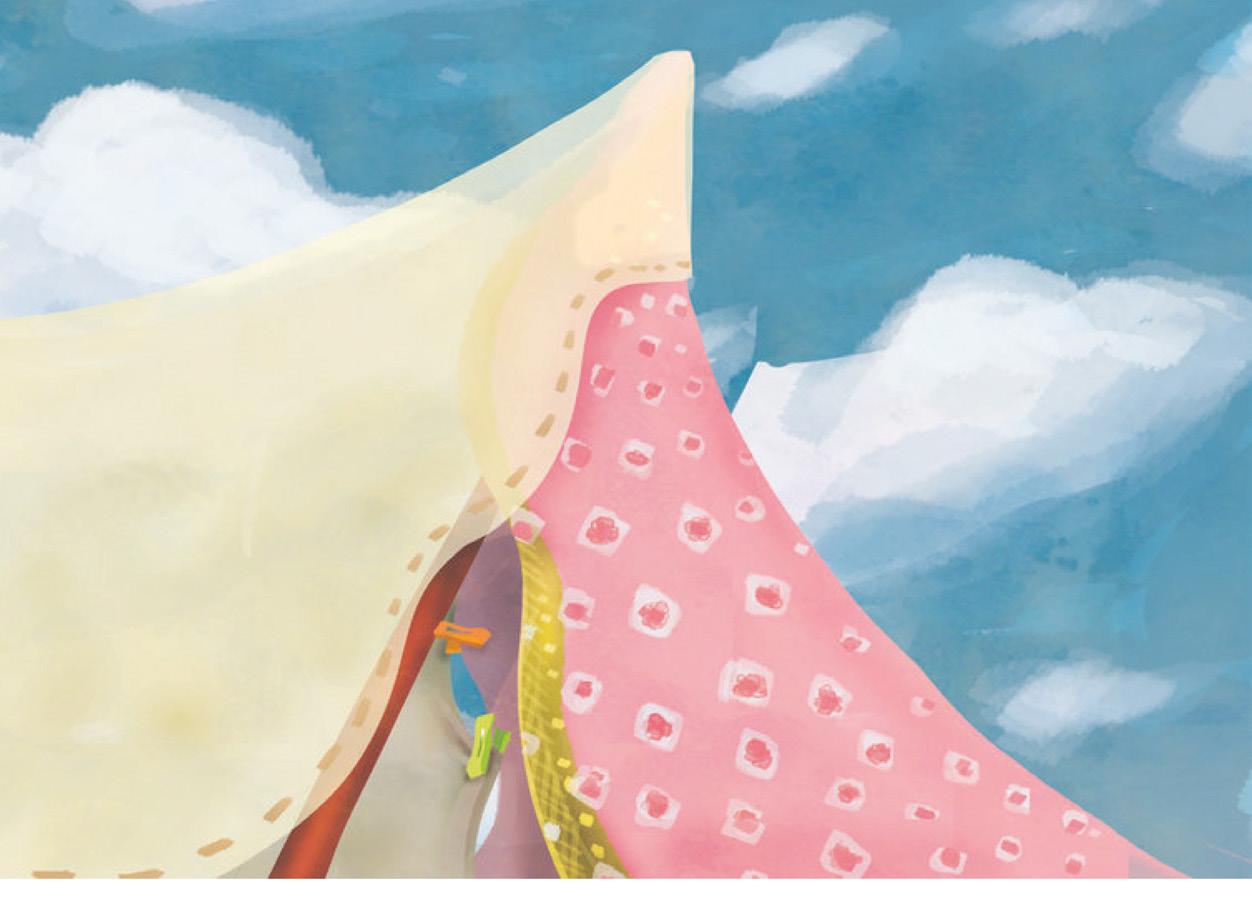

Huge-castle-shaped …

... castle! Or a super-fancy house like mine.

18
Igloos made of snow keep you warm!
Wood and stone houses, with sloping roofs, make the rain and snow run right off.

Native American teepees, made with poles and animal hide, keep you cosy. They are easy to pack up and carry around.
Your house can be any shape and size.
Round and small like a mud house with a thatched roof.
Tall-enough-to-scrape-the-sky skyscraper. Upside-down-ice-cream-cone teepee.

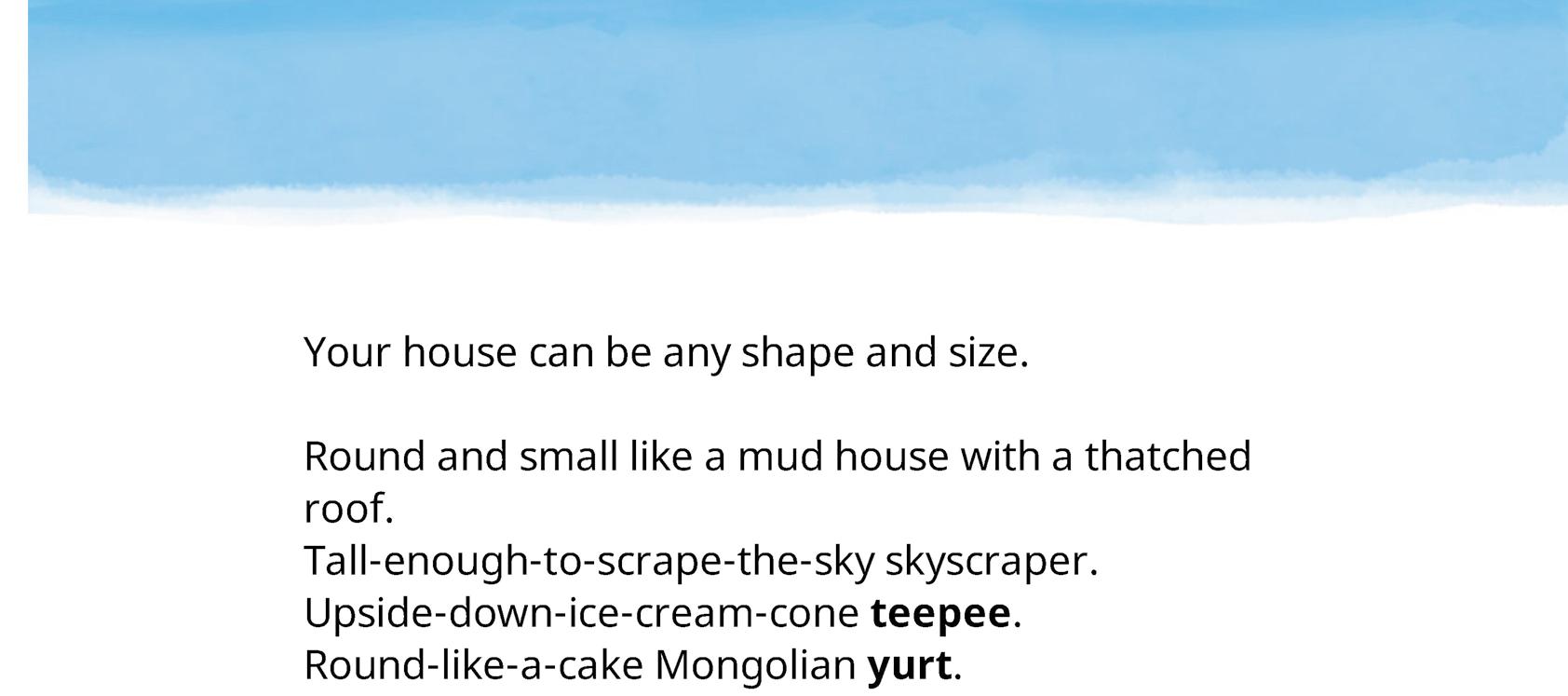
Round-like-a-cake Mongolian yurt. Ball-sliced-in-half igloo.

But the best house of all… has family to make it a home!
Spot the baby on each page.
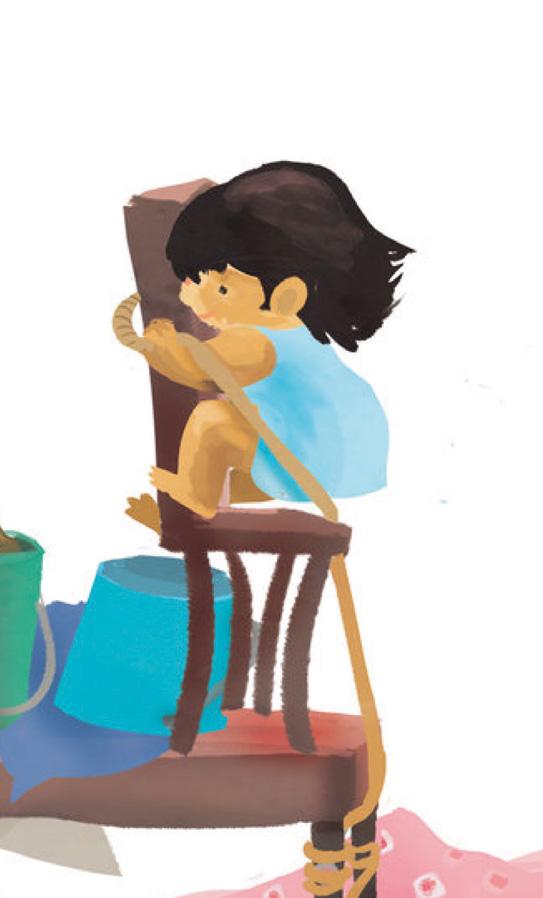
How do you think they are feeling in each picture?
How do you know?

19
FACT FILE: Homes from around the world!
Yurt:

Found in Mongolia, yurts are made with a wood frame and thick mats. The parts of the yurt are light enough to be carried on horses and yaks.

Stilts:
What do these long legs under the house remind you of?
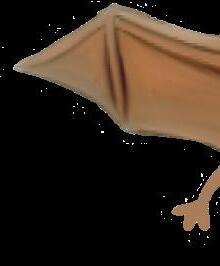
Like a flamingo’s long legs, these stilts are designed to help keep the place cool and dry, and are common in South East Asia.
Teepee:

Found in Mongolia, made with long poles and animal hide, used by the Native North American tribes in the plains. This is another house that can be packed up and carried around!
Igloo:

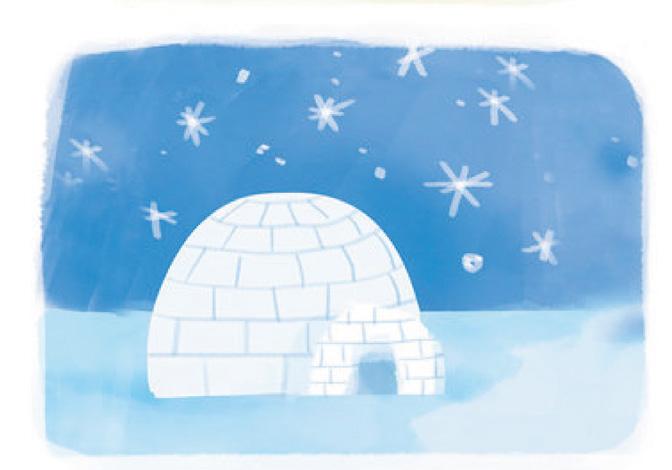
Did you know that a house made of tightly-packed snow bricks can keep you warm? At least warmer than the -40 degrees centigrade outside! You can find them in the Canadian
View of the Earth as seen by the Apollo 17 crew traveling towards the Moon!
Image from NASA -

Toda dogle:
A half-barrel-shaped hut of the Toda tribe, these are made with sticks, bamboo and thatch. They have a tiny entrance to crawl through which helps keep wild animals out. The Toda people live

20
Which animal can jump higher than a house?
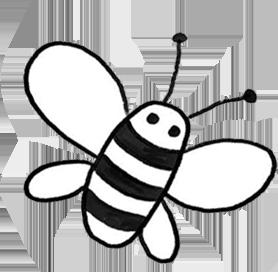


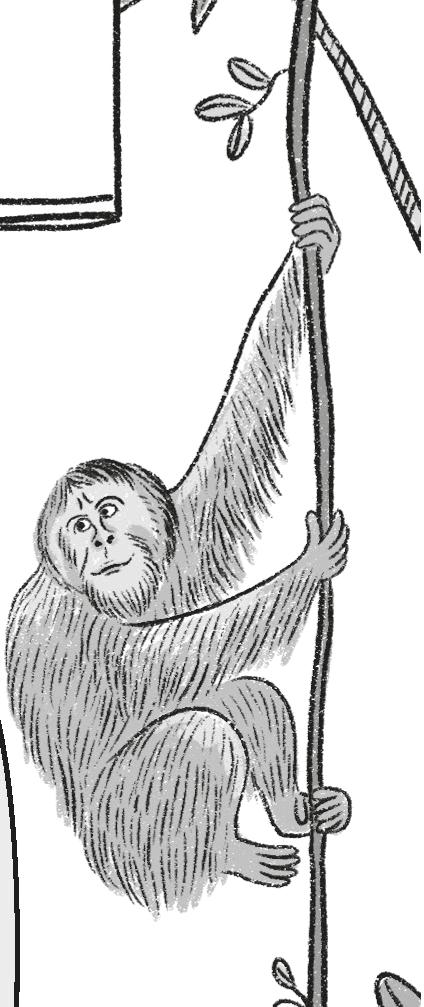
Any animal… houses can’t jump!


Which type of building is the easiest to pick up?
The Joke Corner


A lighthouse!
Did you hear about the monster who ate his own house?

He was homesick!
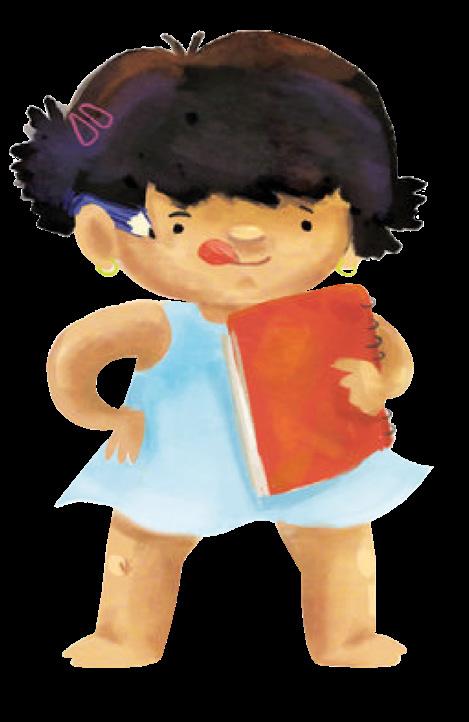

How does a penguin join bricks together for building a house?

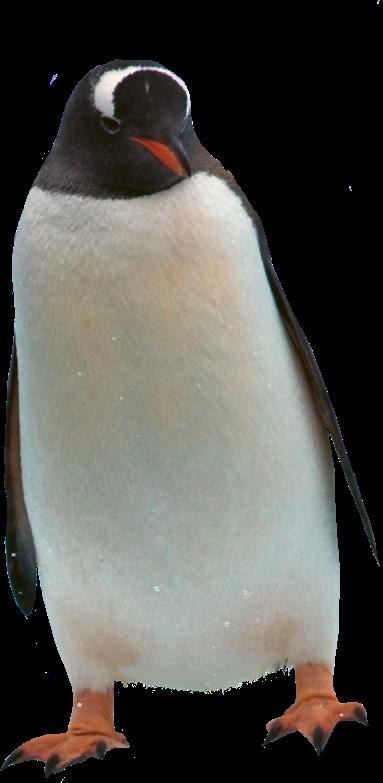
What do you call a soldier that hates recycling?

Igloos them!
General Waste!
What did the dinosaur use to build his house?


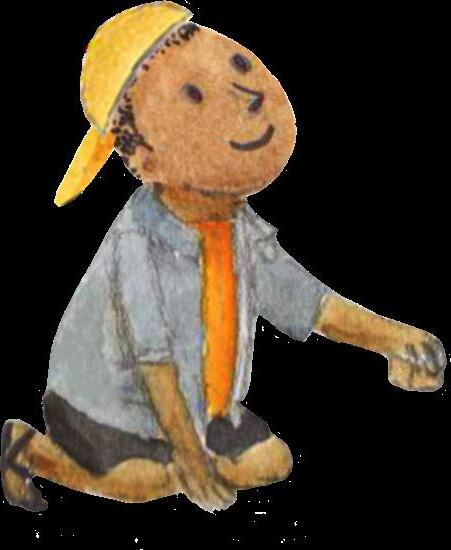

I have a joke about recycling.
But unfortunately it’s already been used!
A dino-saw!

Image Credits |
|
Nel (Book
| Little
&
|
&
seal: Britannica Magazine | Orangutan, girl with bug hotel, bird,
leaves (black & white illustrations): Berta Maluenda, from The Green Relbels Activity Book (Buster Books)|Jokes: Bookmark 21
Elephant, bat & bee: Try Samphos
Muzi & family: Lauren
Dash)
Architect
baby: Kaveri Gopalakrishnan
Penguin
southern elephant
bees,
COMPETITION
Design your dream home!
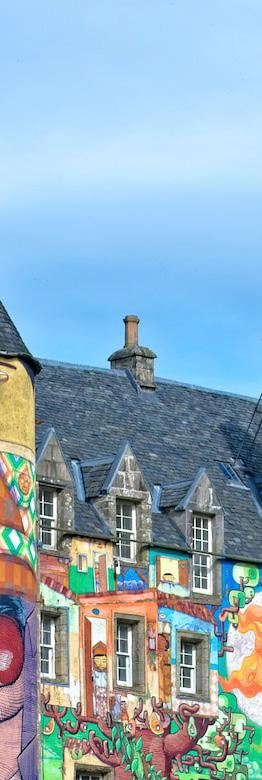

Where would you love to live? It could be outdoors, on a boat, even underground!




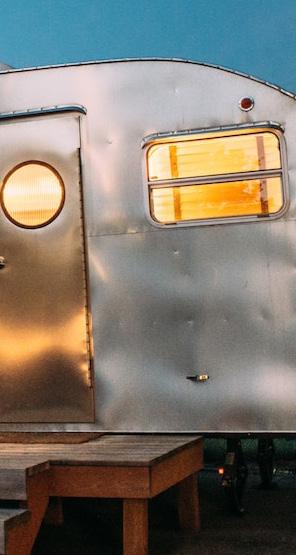


WIN A PRIZE BUNDLE! - £20 Book Voucher - Personalised Book Green Activity Books - Anisha, Accidental Detective: Beach Disaster by Serena Patel Get creative! Draw your ideas in the space below:

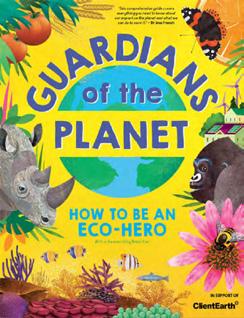


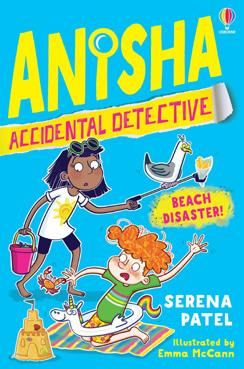

Name



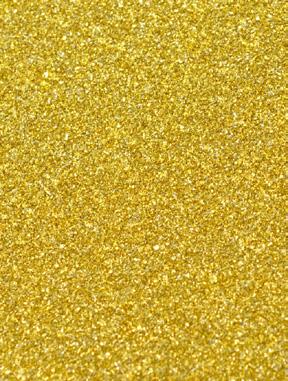
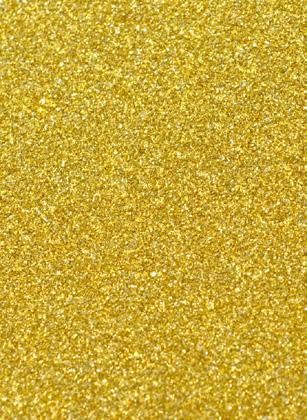


Once you have finished your home, ask a grown-up to take a picture of this page and send it to: thestorycorner@bookmarkreading.org

GROWN-UPS terms and conditions, including closing date, available on our website bookmarkreading.org/the-story-corner
WINNER of issue 6, ‘design your own den’ competition!

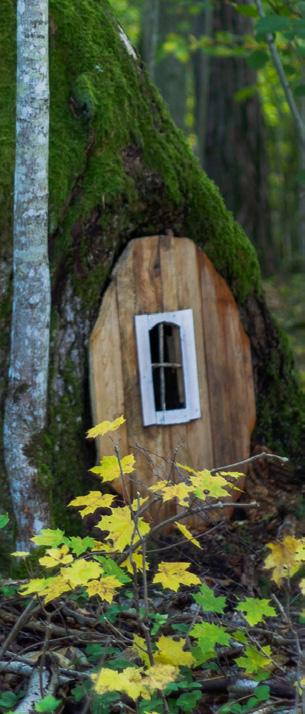

Name: Esya

Age: 9
Age
|Buster Books| |Usborne| 22
The Bee and the Elephant (English), translated by Celia Bolam, based on original story (Khmer), written by Long Ravy, illustrated by Try Samphos, published by Room to Read (© Room to Read, 2015)*
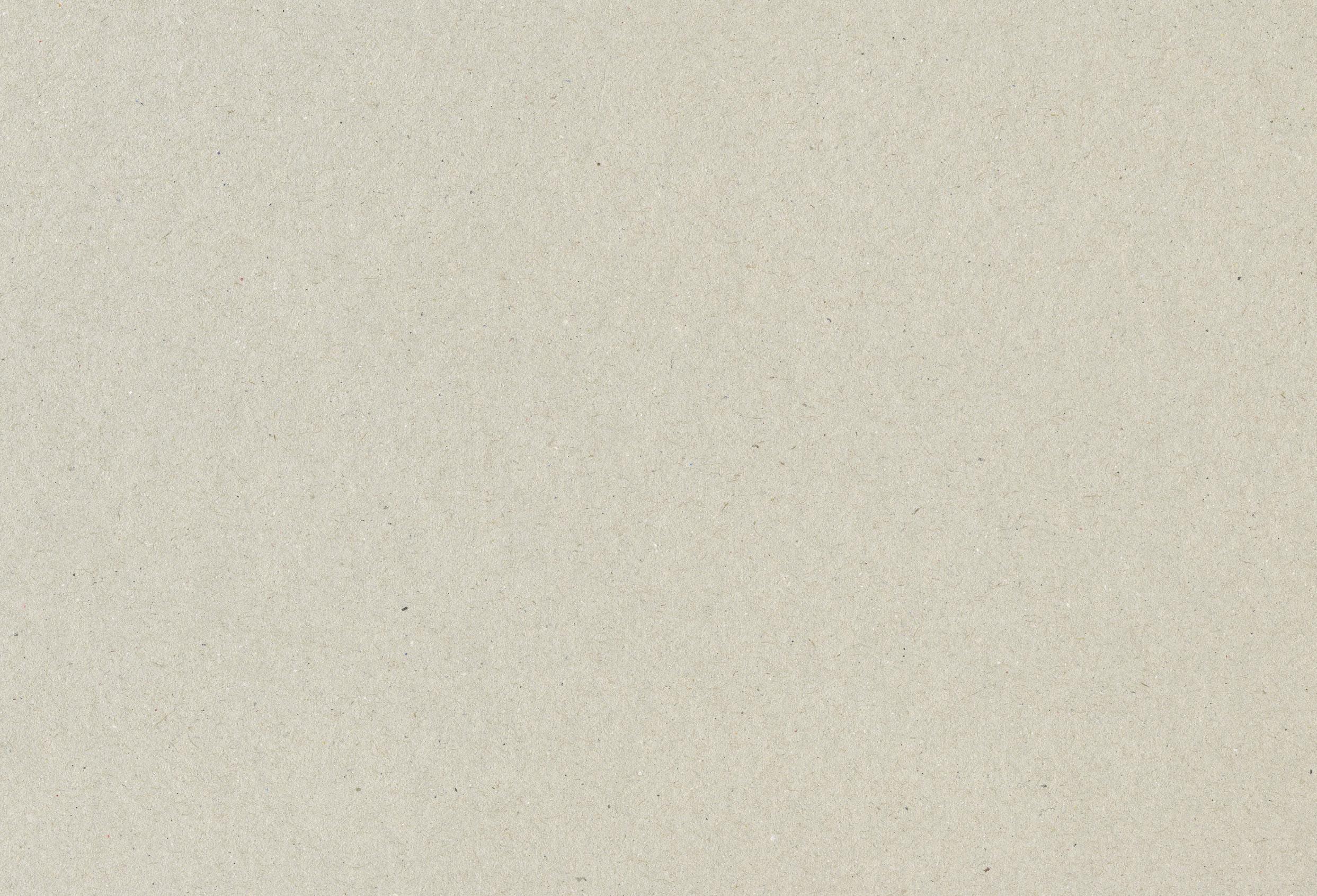
The Best House of All (English), written by Natasha Sharma, illustrated by Kaveri Gopalakrishnan, published by Pratham Books (© Pratham Books, 2017)*

*Story content under a CC BY 4.0 license, on StoryWeaver. Read, create and translate stories for free on www.storyweaver.org.in
The Best Thing Ever (English), written by Melissa Fagan, iIlustrated by Lauren Nel, designed by Stefania Origgi, edited by Helen Moffett, published by Book Dash (© Book Dash, 2016). This work is licensed under a Creative Commons Attribution 4.0 Licence (http://creativecommons.org/licenses/by/4.0/). Find out more at: http://bookdash.org/books

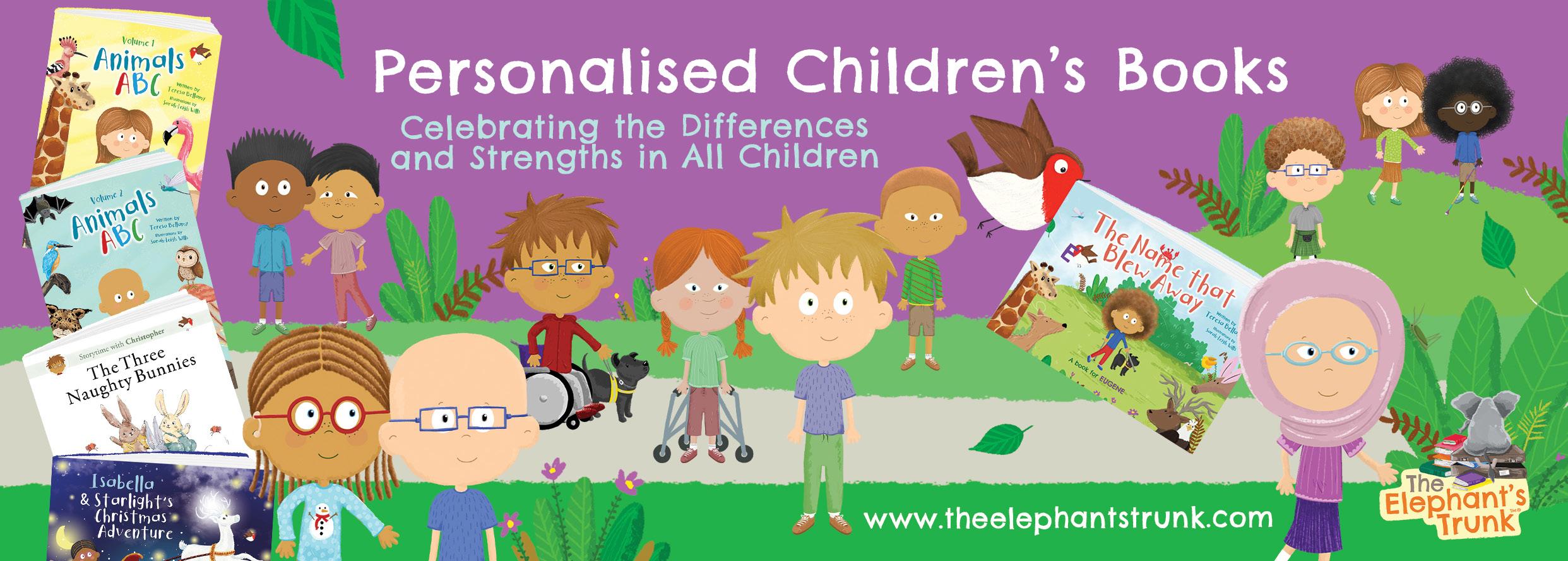
Patel and Usborne Buster Books (an imprint of Michael O’Mara Books)

| Instagram

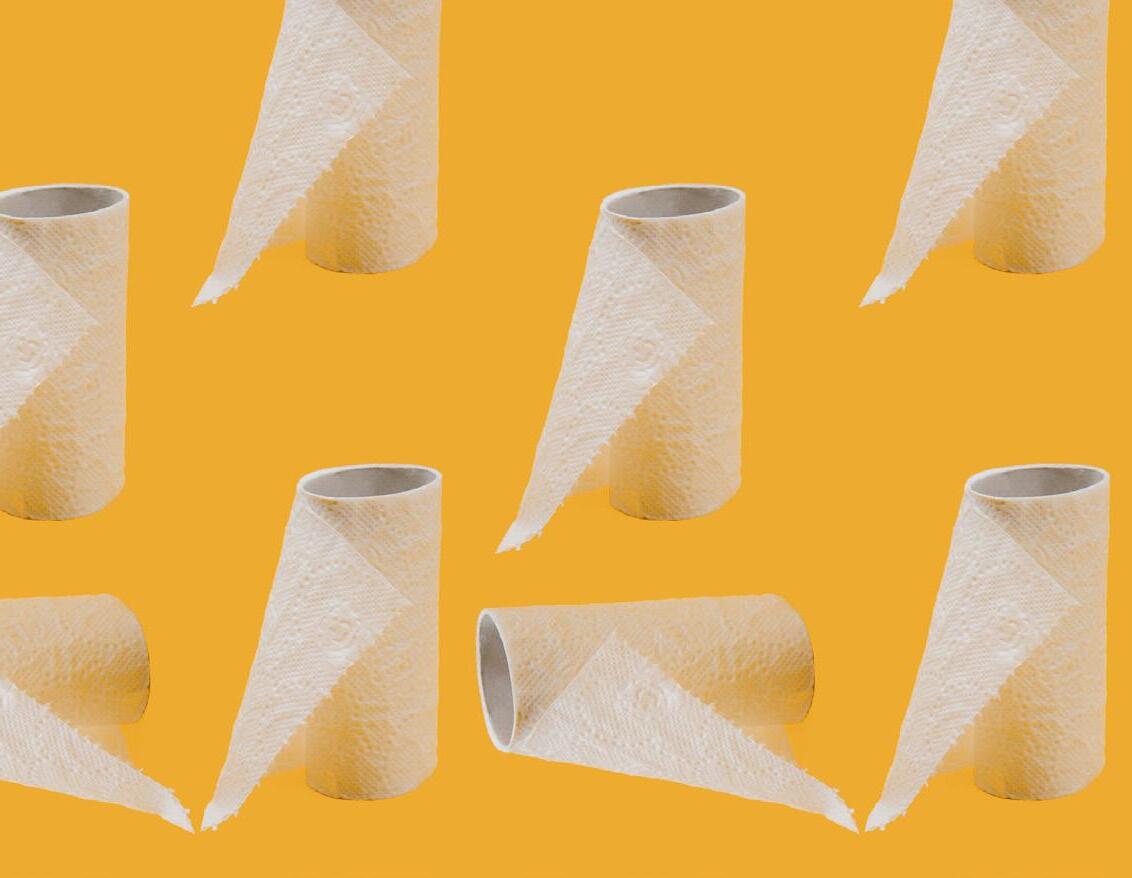
Special thanks to: Serena
Twitter
Elephant’s Trunk The Barratt Foundation for sponsoring this issue - - - - - - - - - - - - -Front cover artwork by Sarah
Illustration © 2023 All content curated and adapted by Bookmark, editorial and design changes have been made for The Story Corner format and readership. 23
@BusterBooks
@buster_books Andrew & Mark at Britannica Magazine The
Harrison
Scan for print at home TEMPLATE Aska grown-up tohelp! Craft Corner! Find a piece of paper / card, or some empty toilet rolls. Can you build your own house?
The Story Corner is brought to you by Bookmark. We’re a children’s literacy charity that wants every child to read. We’re always looking for new volunteers to help children learn to read in primary schools across the country.

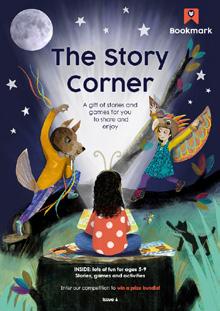
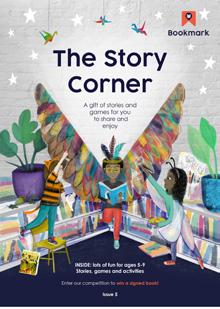

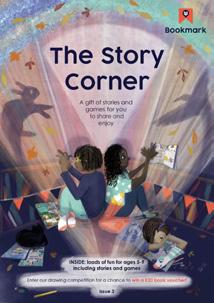


Find out more and sign up at www.bookmarkreading.org/ volunteer

@bookmarkreadingcharity
@bookmarkreading
@bookmarkreading
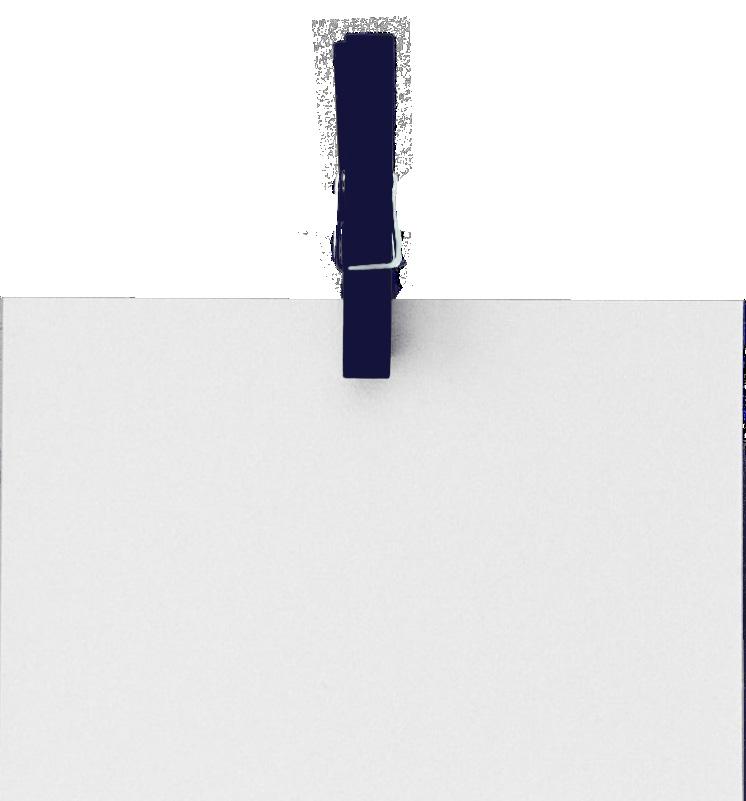
@BookmarkCharity








We are able to make and print this magazine thanks to generous donations from our supporters. If you would like to make a donation, please scan the QR code below.

Thank you.
Put on a show!
Make character puppets out of recycled material and help your child tell a story. It could be a story you’ve created together or a retelling of their favourite tale.
Top tips for encouraging your child to enjoy reading
Role play as characters
Choose a character from one of your child’s favourite stories. Ask your child questions as if they were the character or get them to ask you questions, but stay in role!
www.bookmarkreading.org/donate fundraising@bookmarkreading.org
Play ‘Fastest Finger First’
Playing with two or more people, call out a word or picture and the first person to find it on the page gets a point!
Home sweet home
Help your child to draw or build a home for their favourite character. Ask them questions about the choices they’ve made to see how well they understand the character.
www.bookmarkreading.org | Registered Charity No. 1177681 | Registered Company No. 11104438 Bookmark is committed to safeguarding and promoting the well-being and welfare of children. This magazine is designed to last. Please read me,
me, keep me.
share
The Barratt Foundation are proud to sponsor this edition of The Story Corner, and to be a partner of Bookmark.




























 written by Long Ravy illustrated by Try Samphos
written by Long Ravy illustrated by Try Samphos

















































 Read left to right
Ugogo
Read left to right
Ugogo









































































































































































